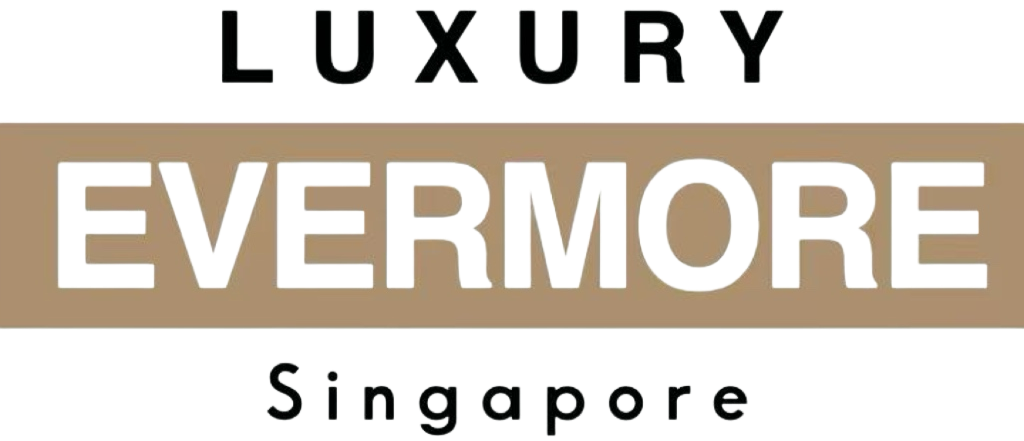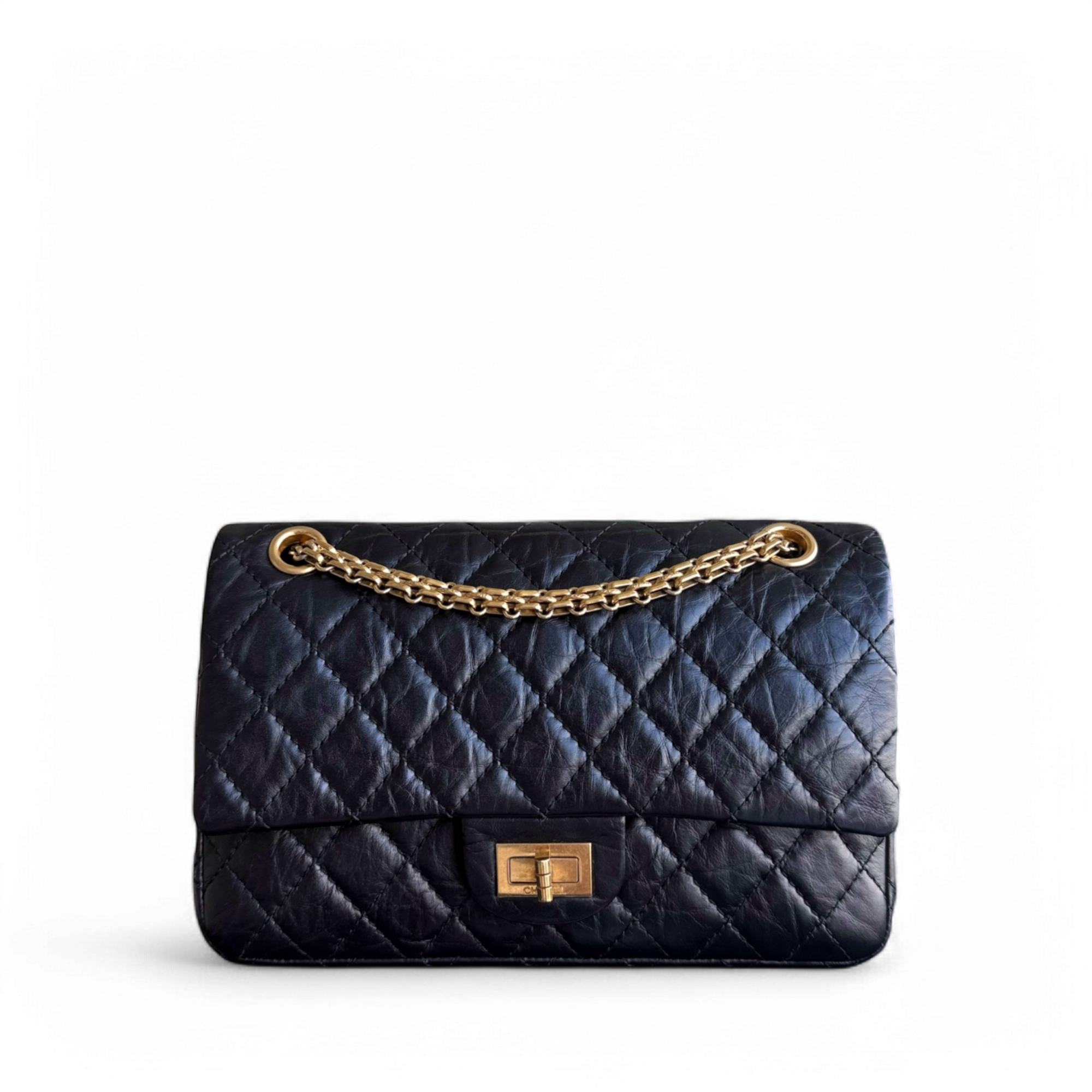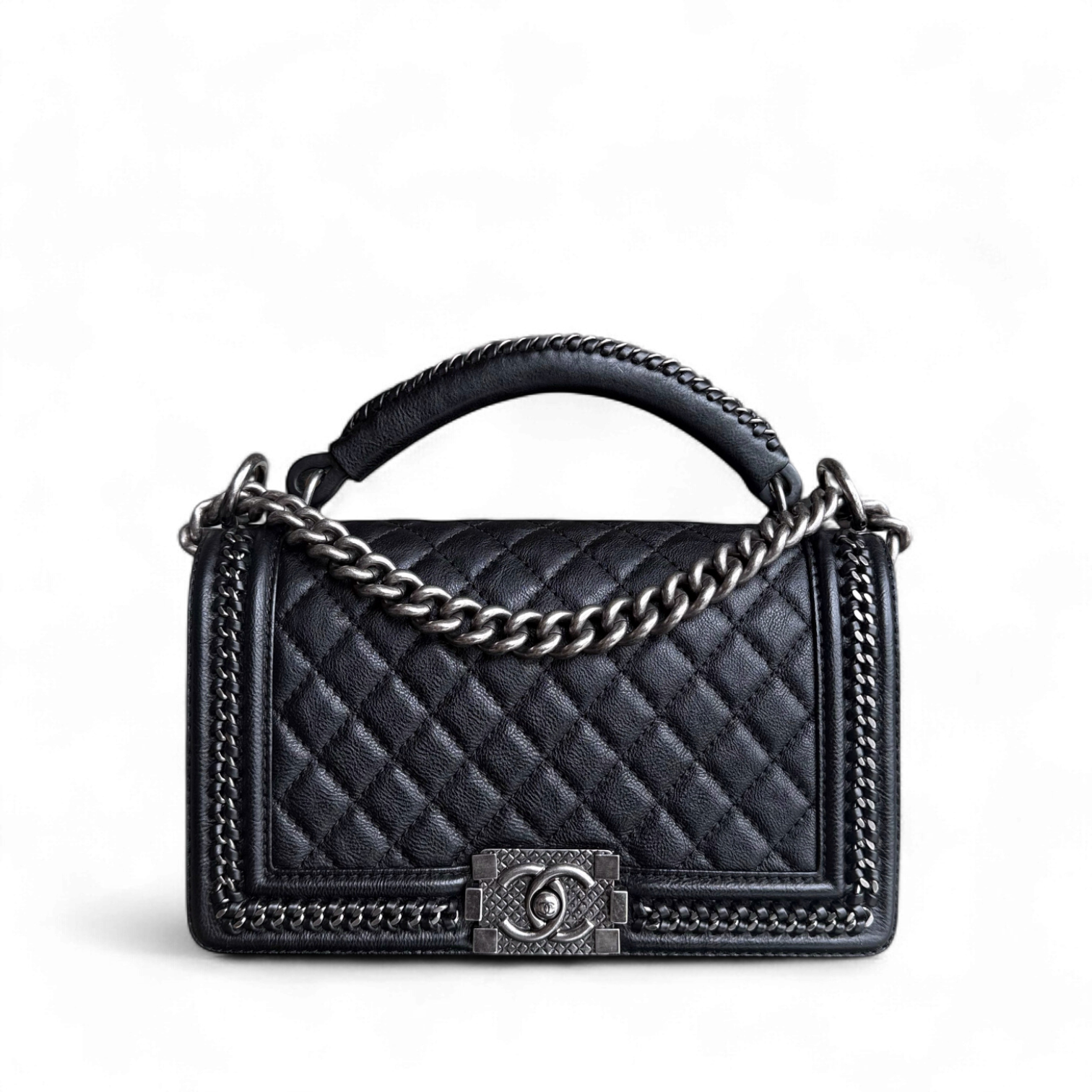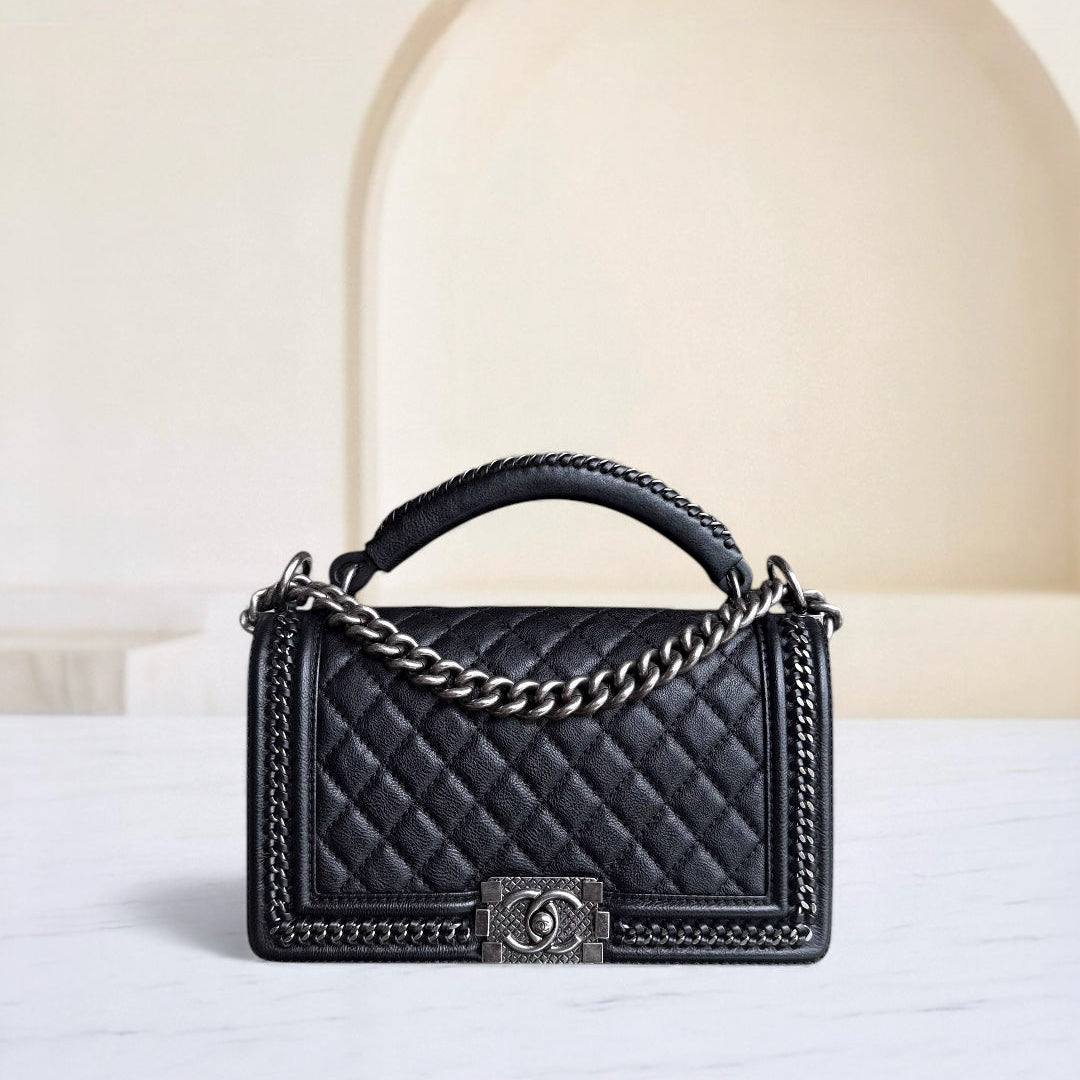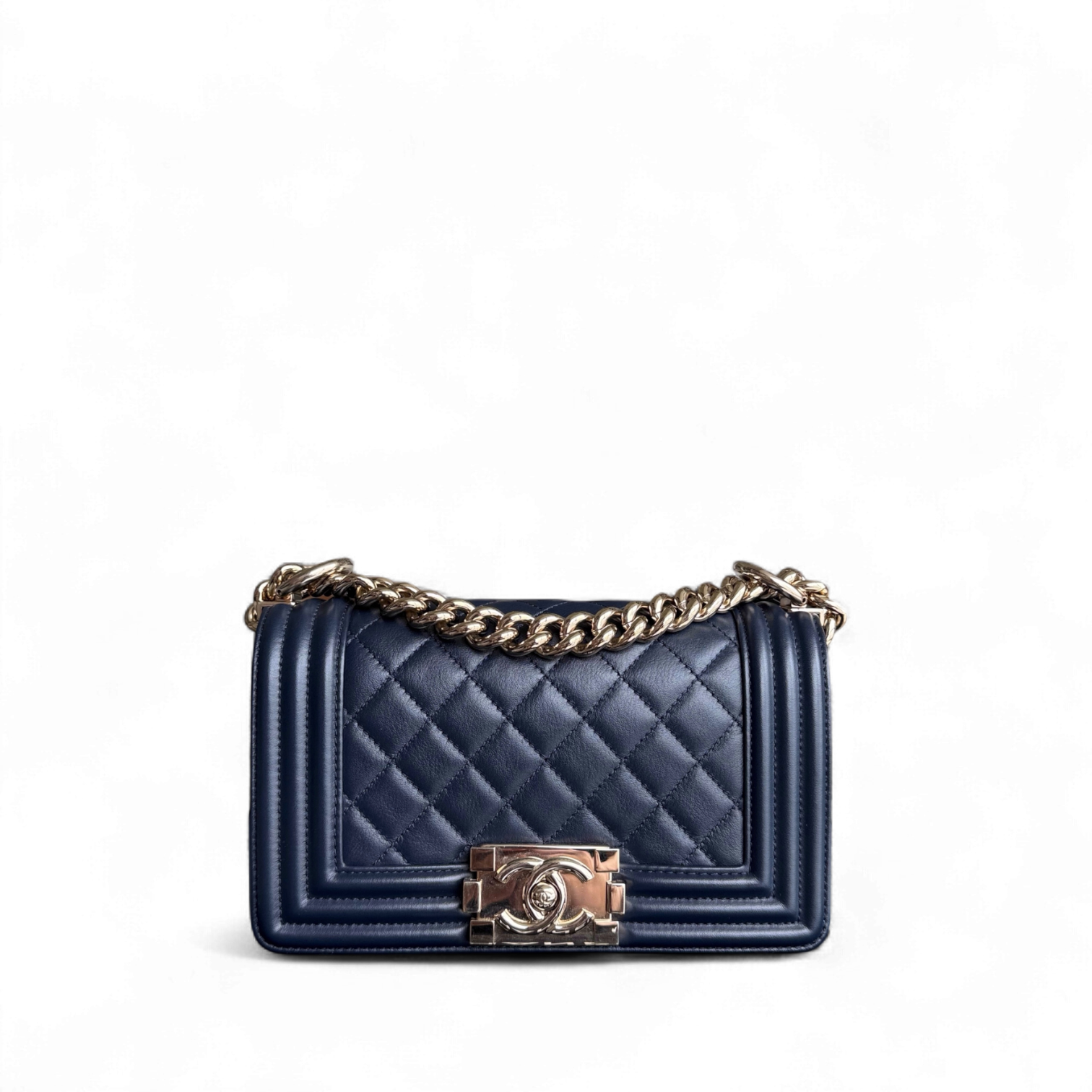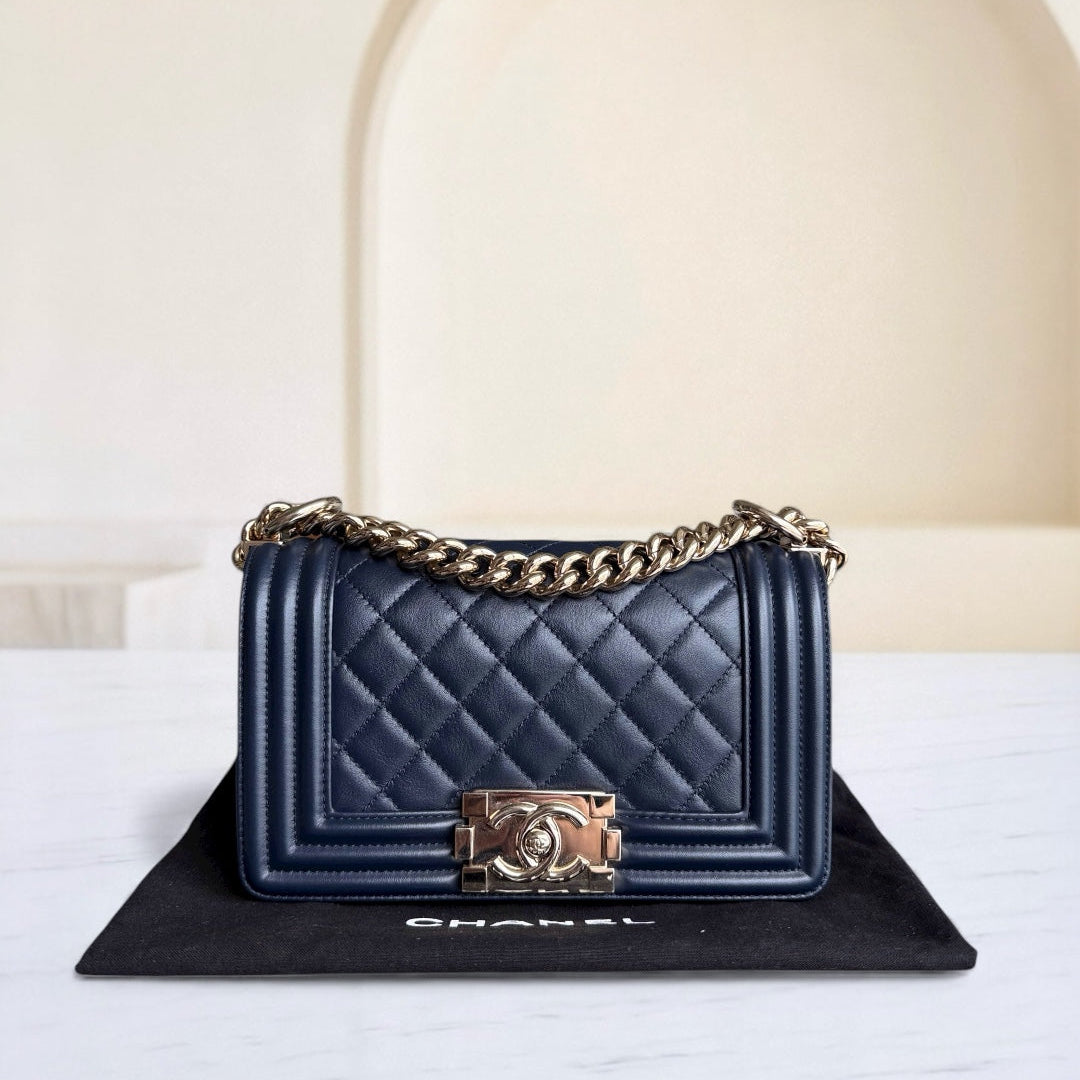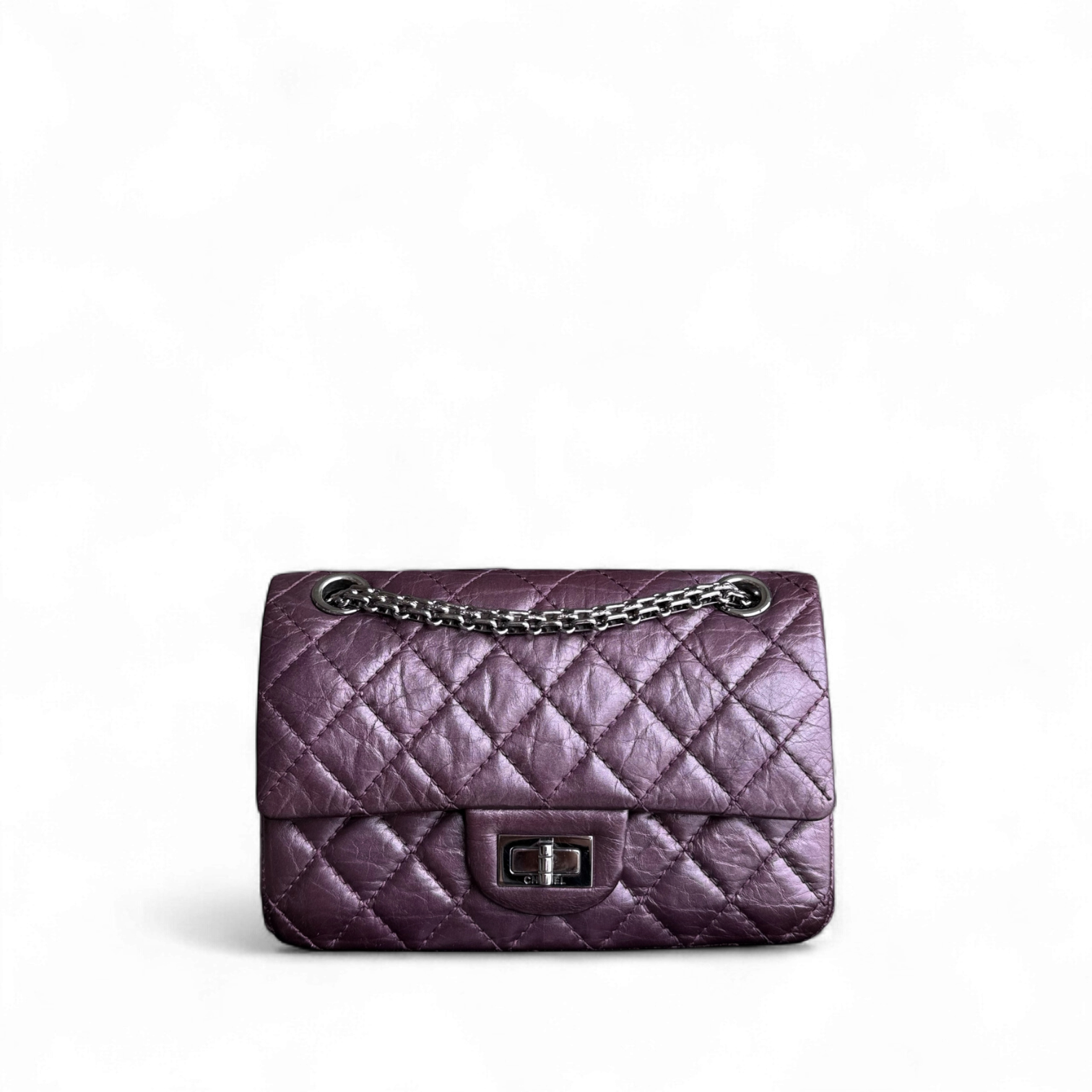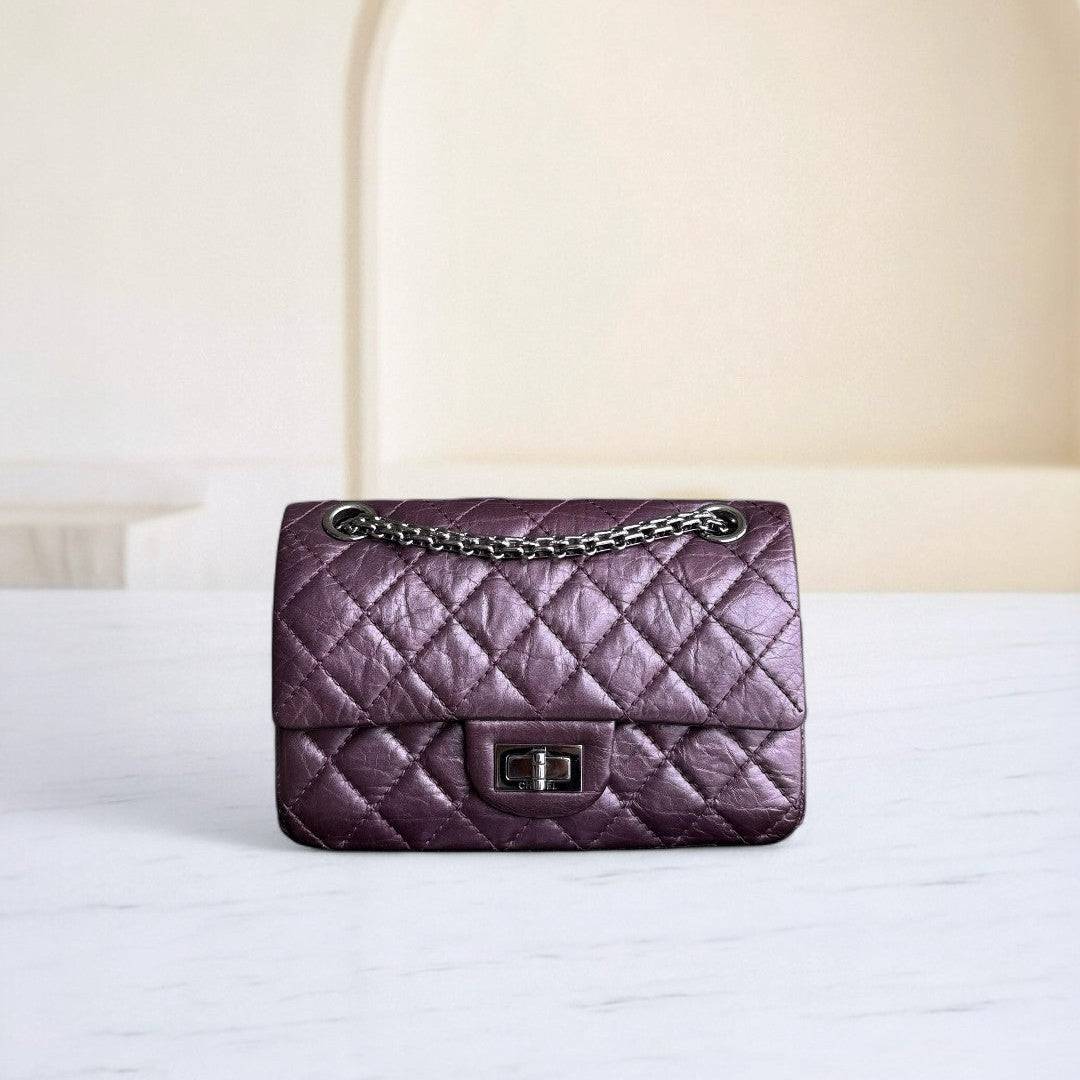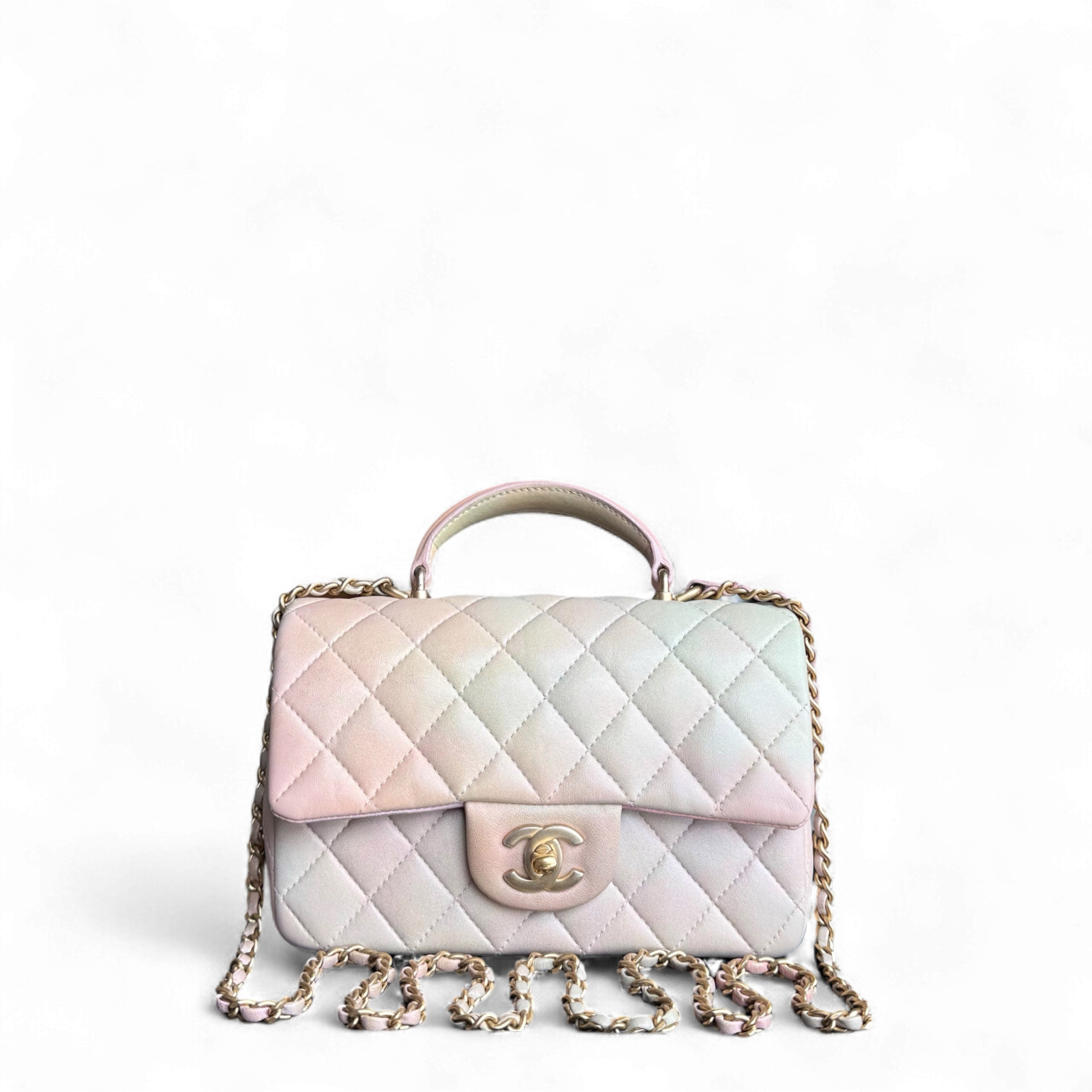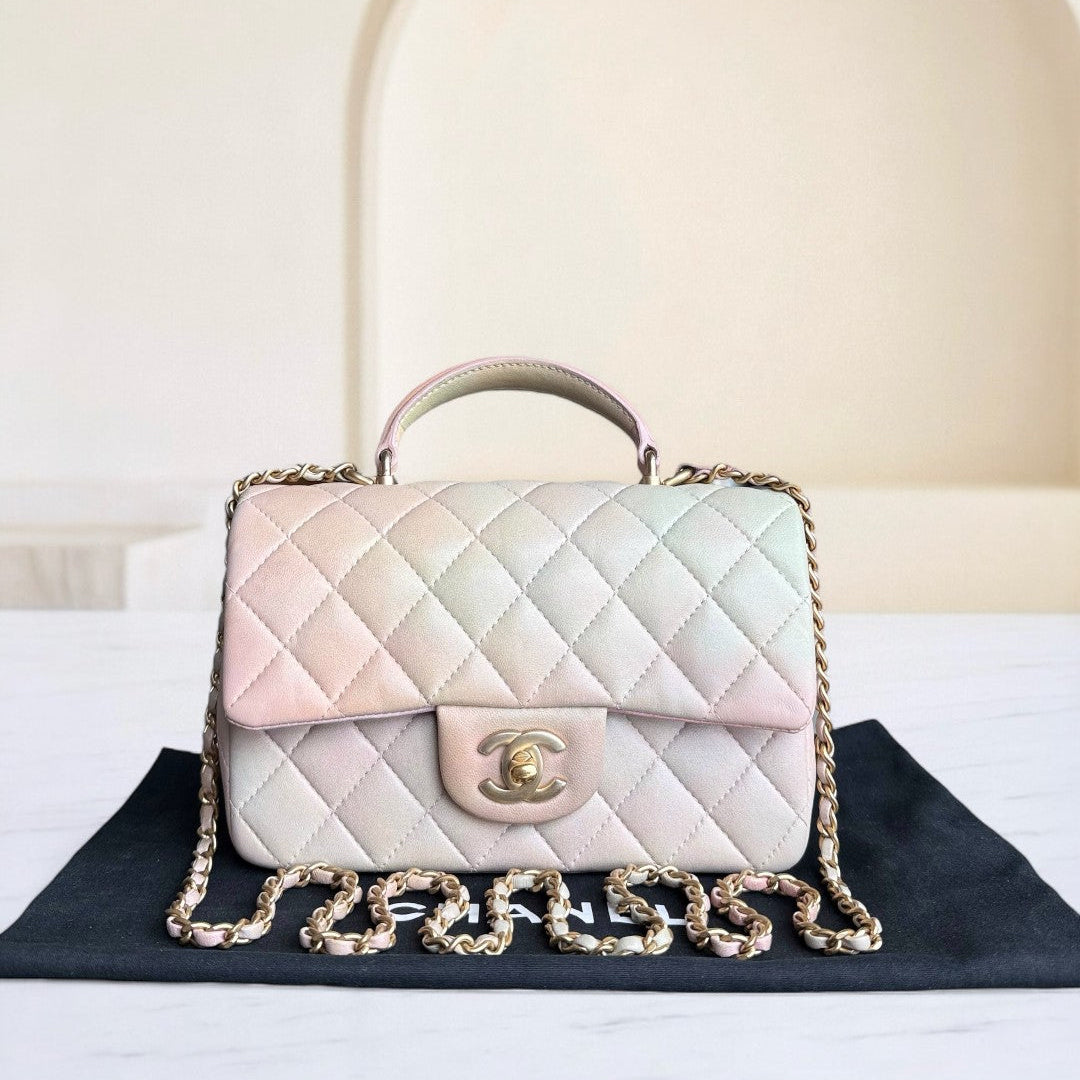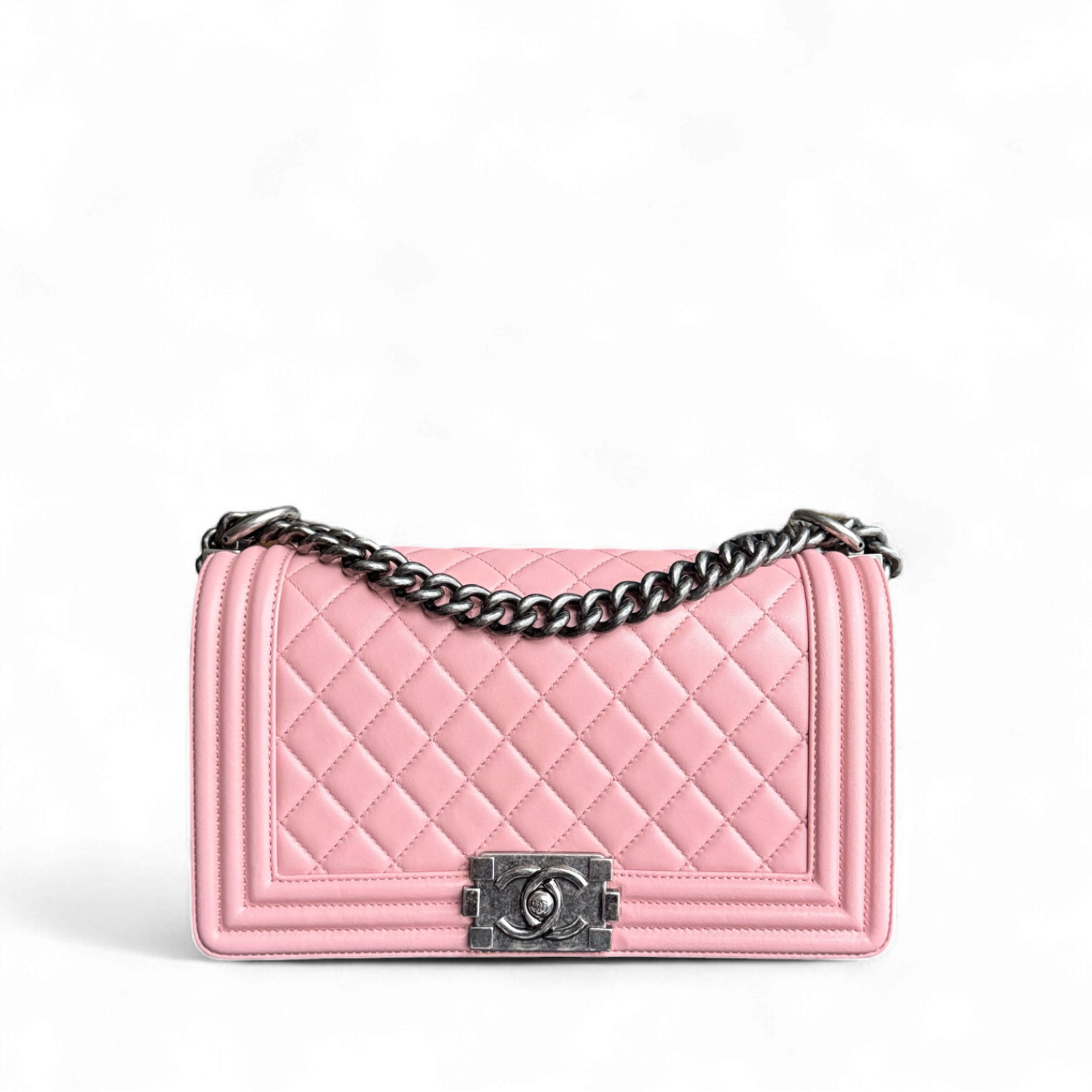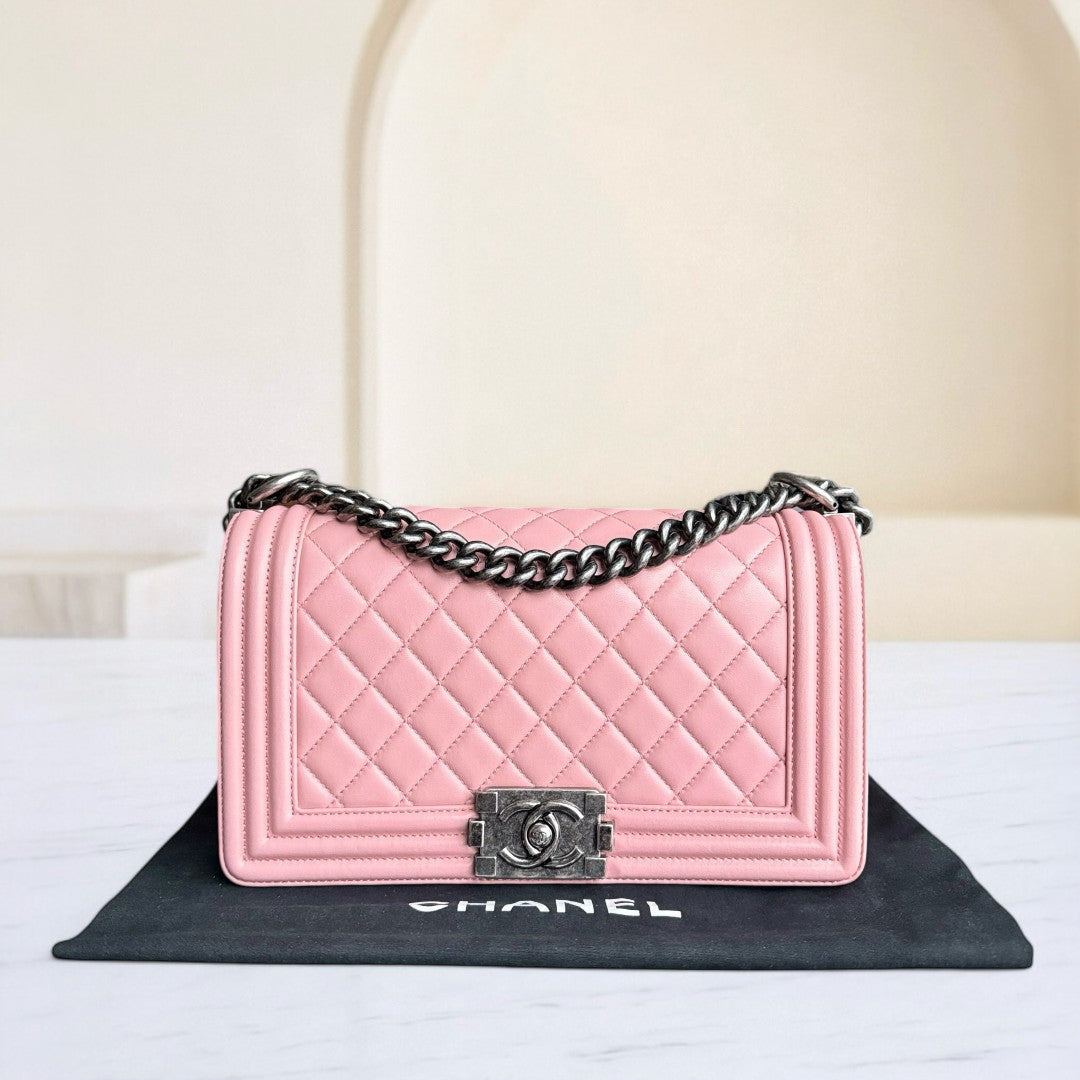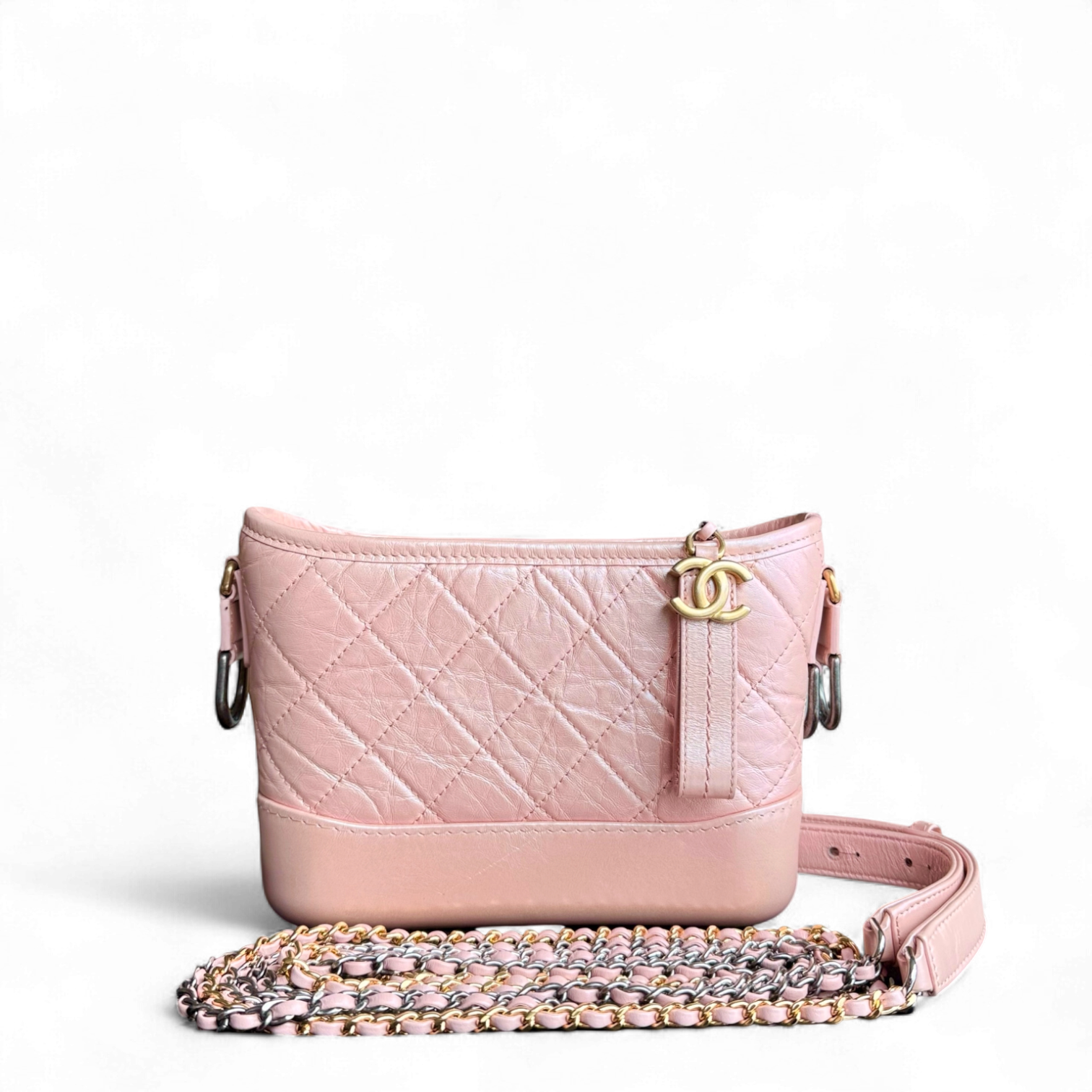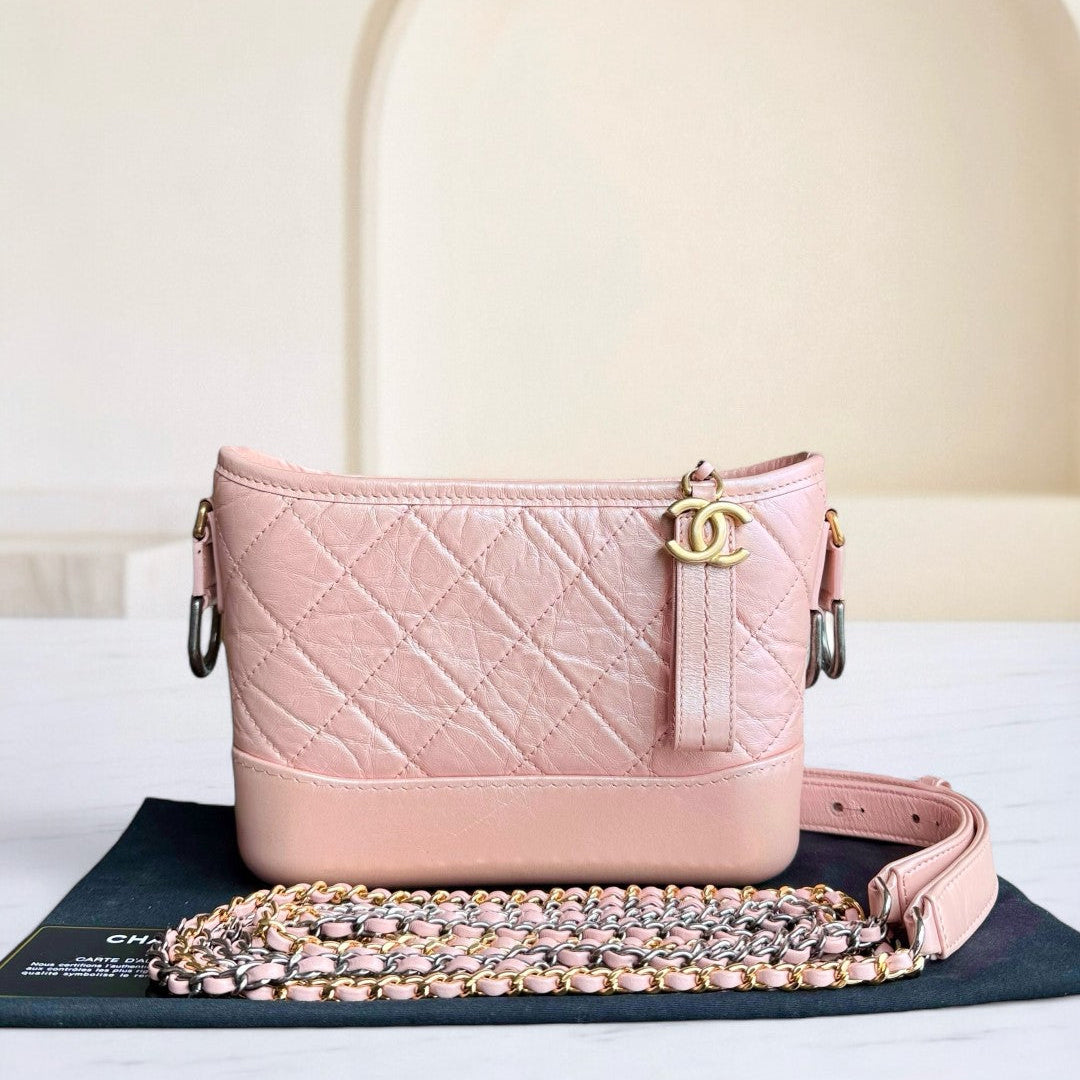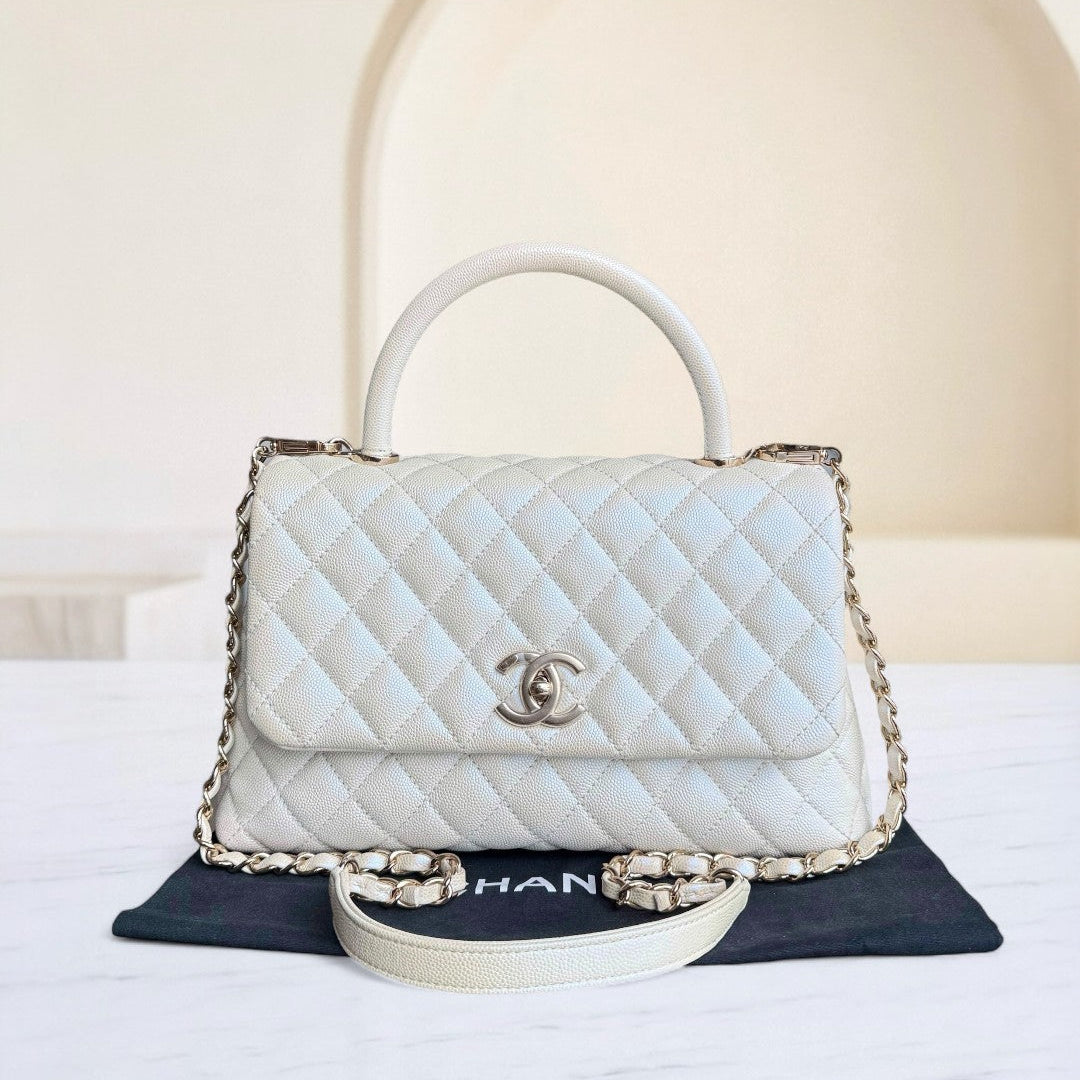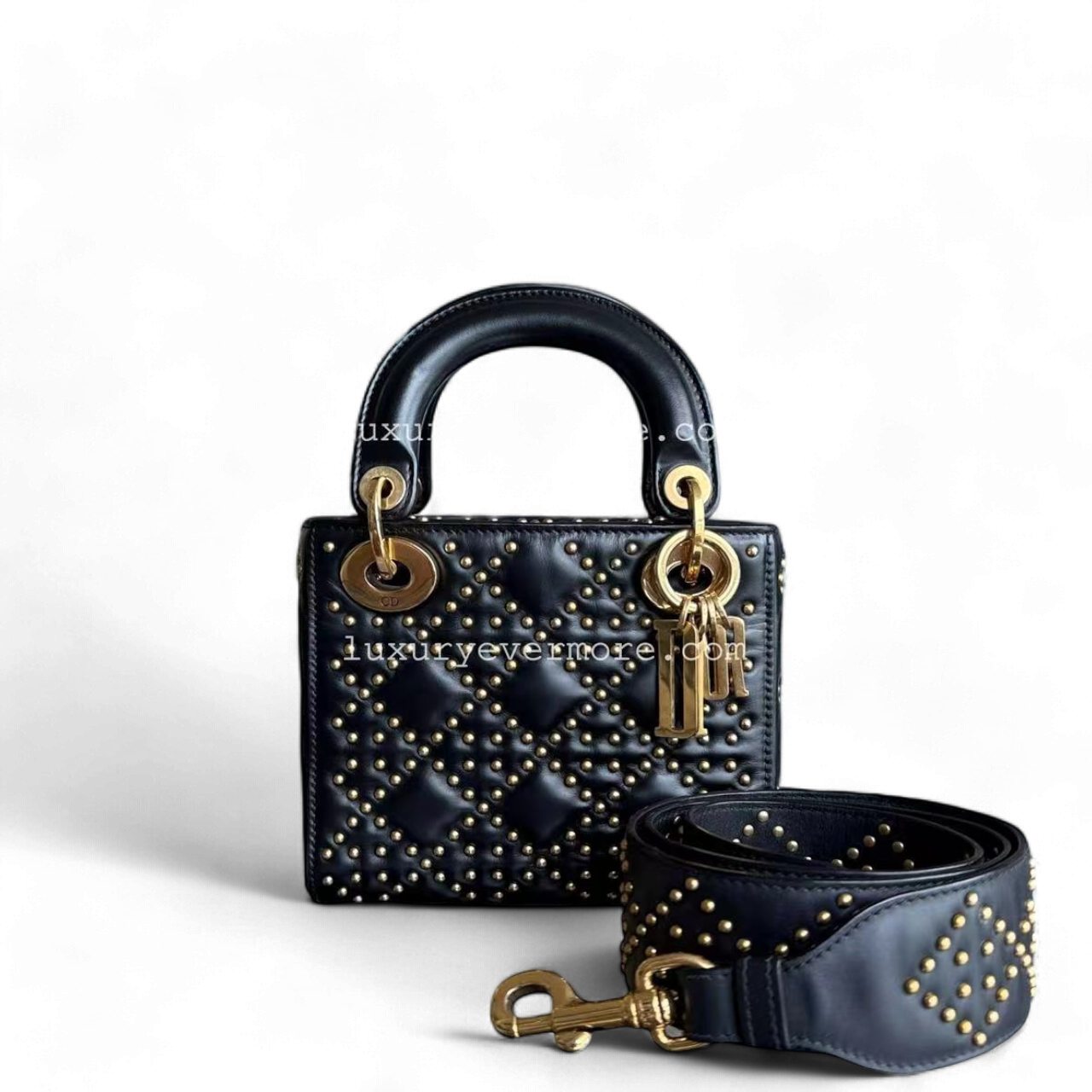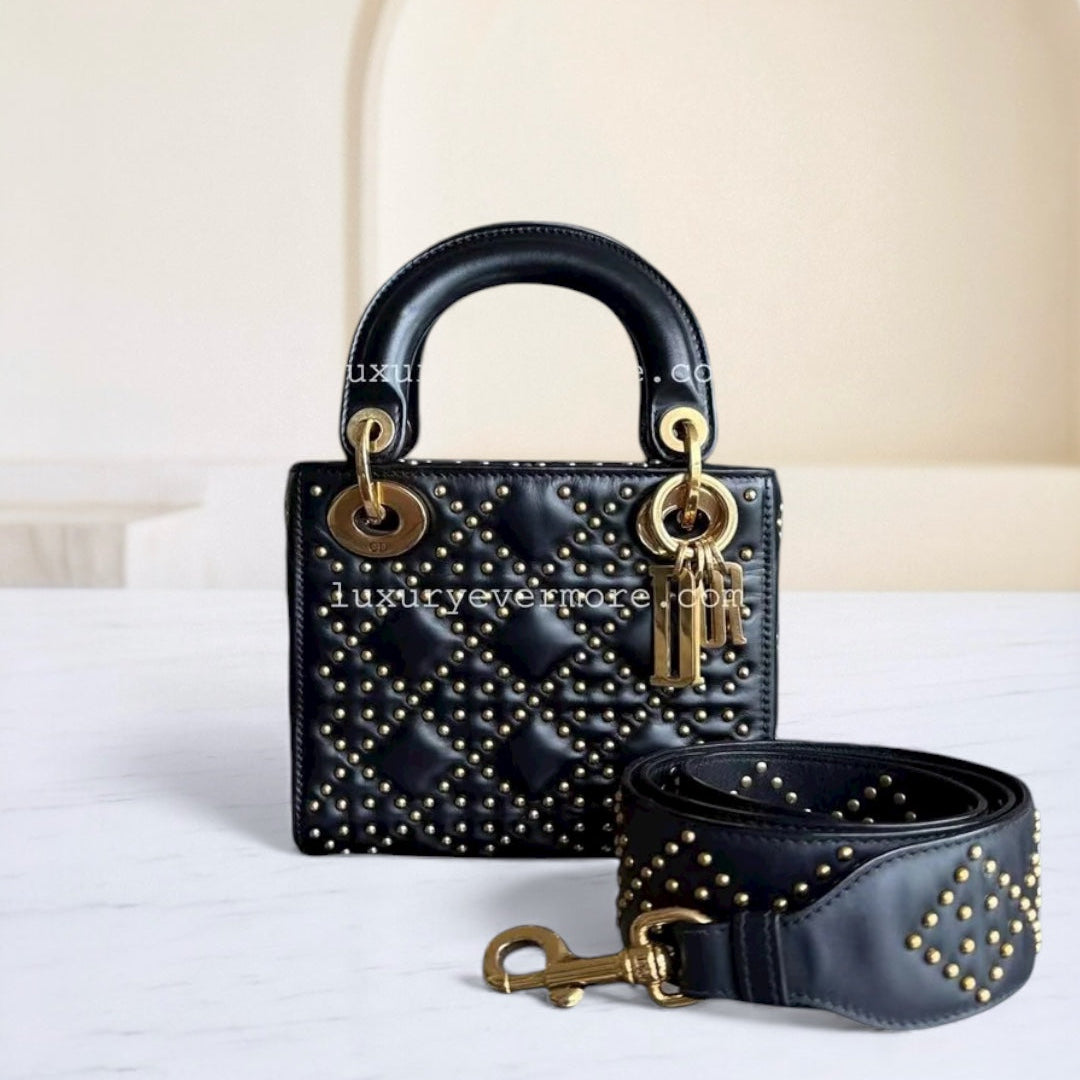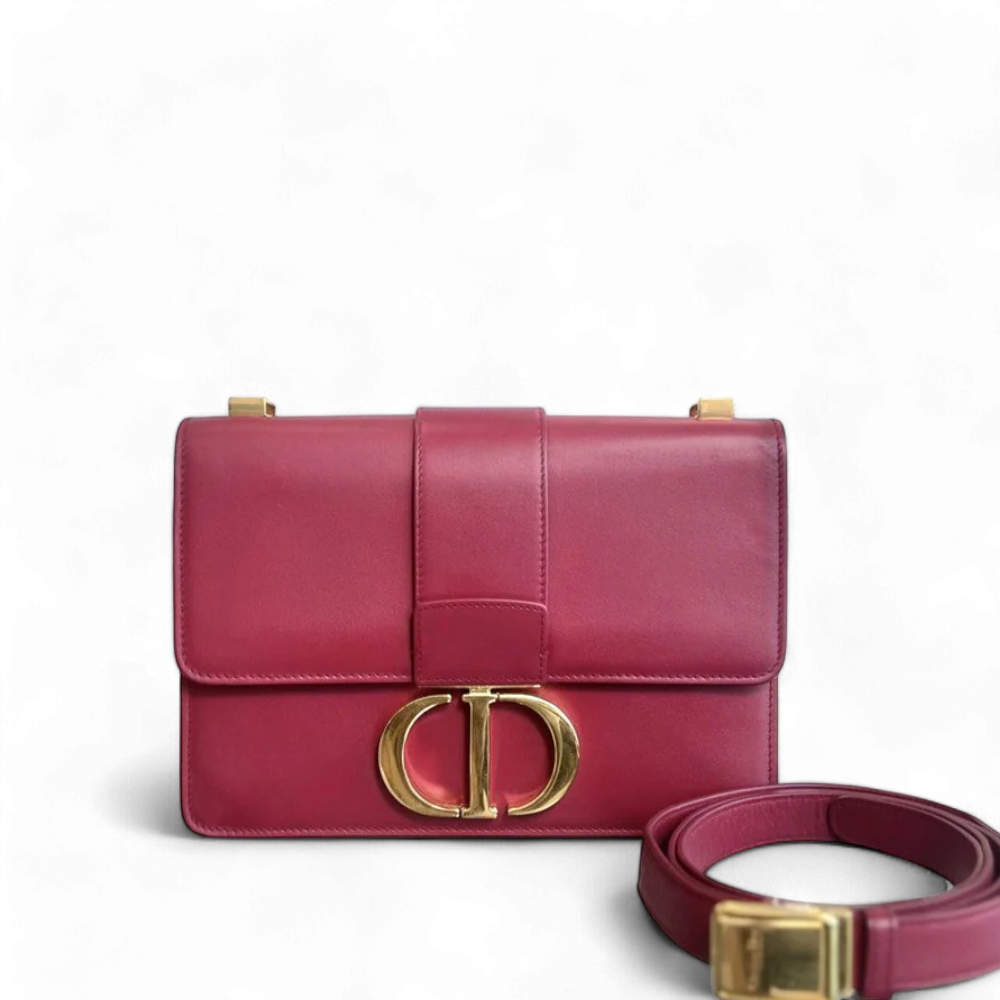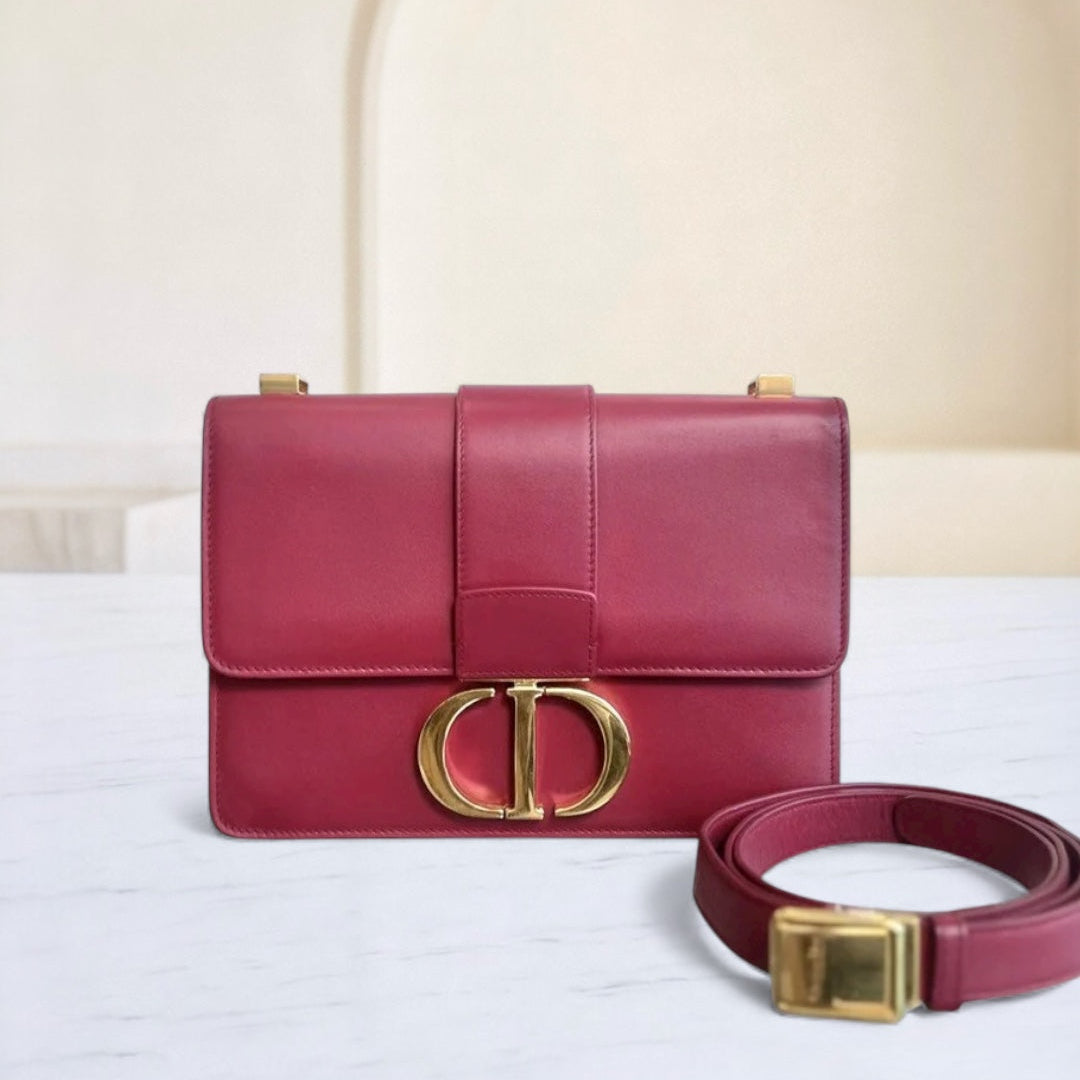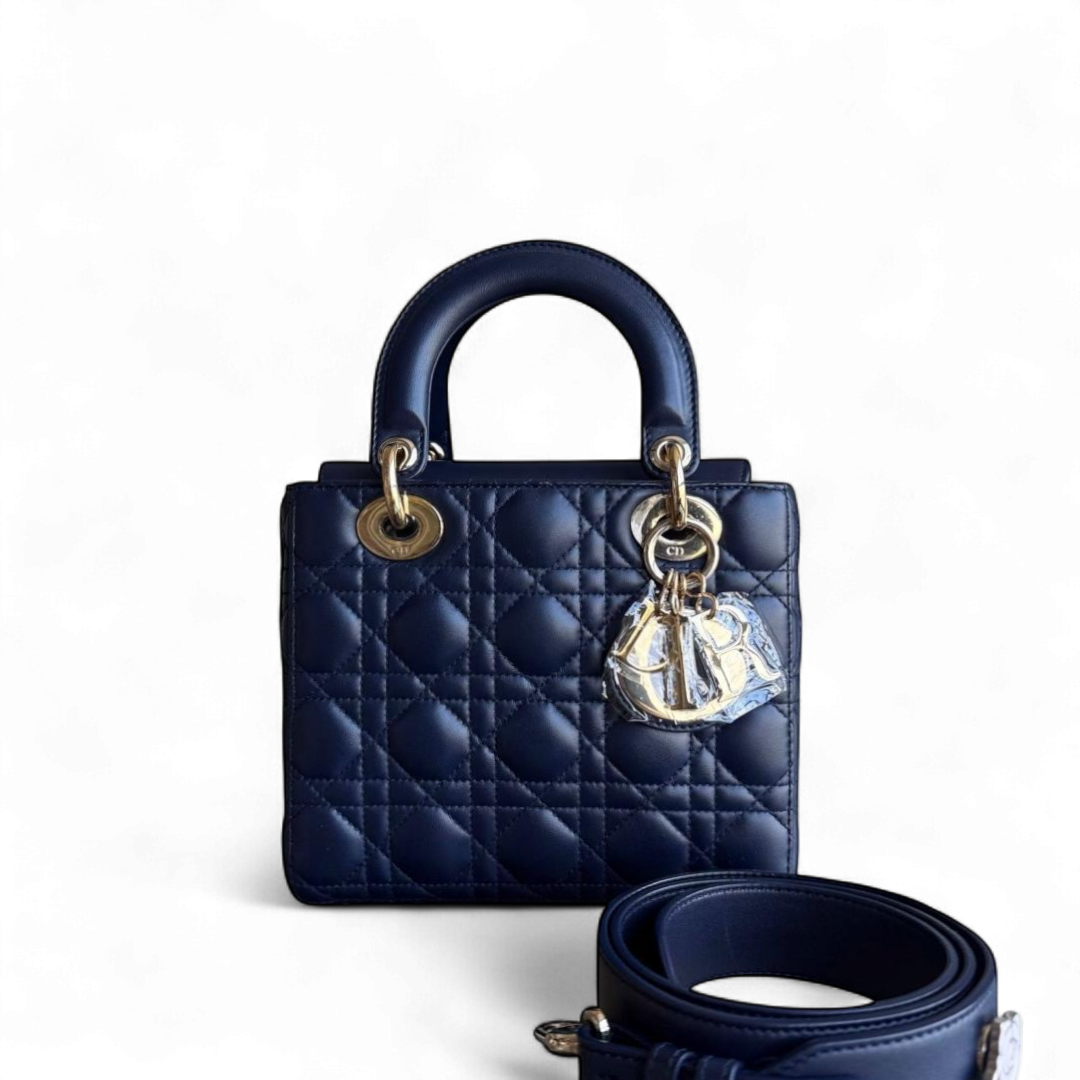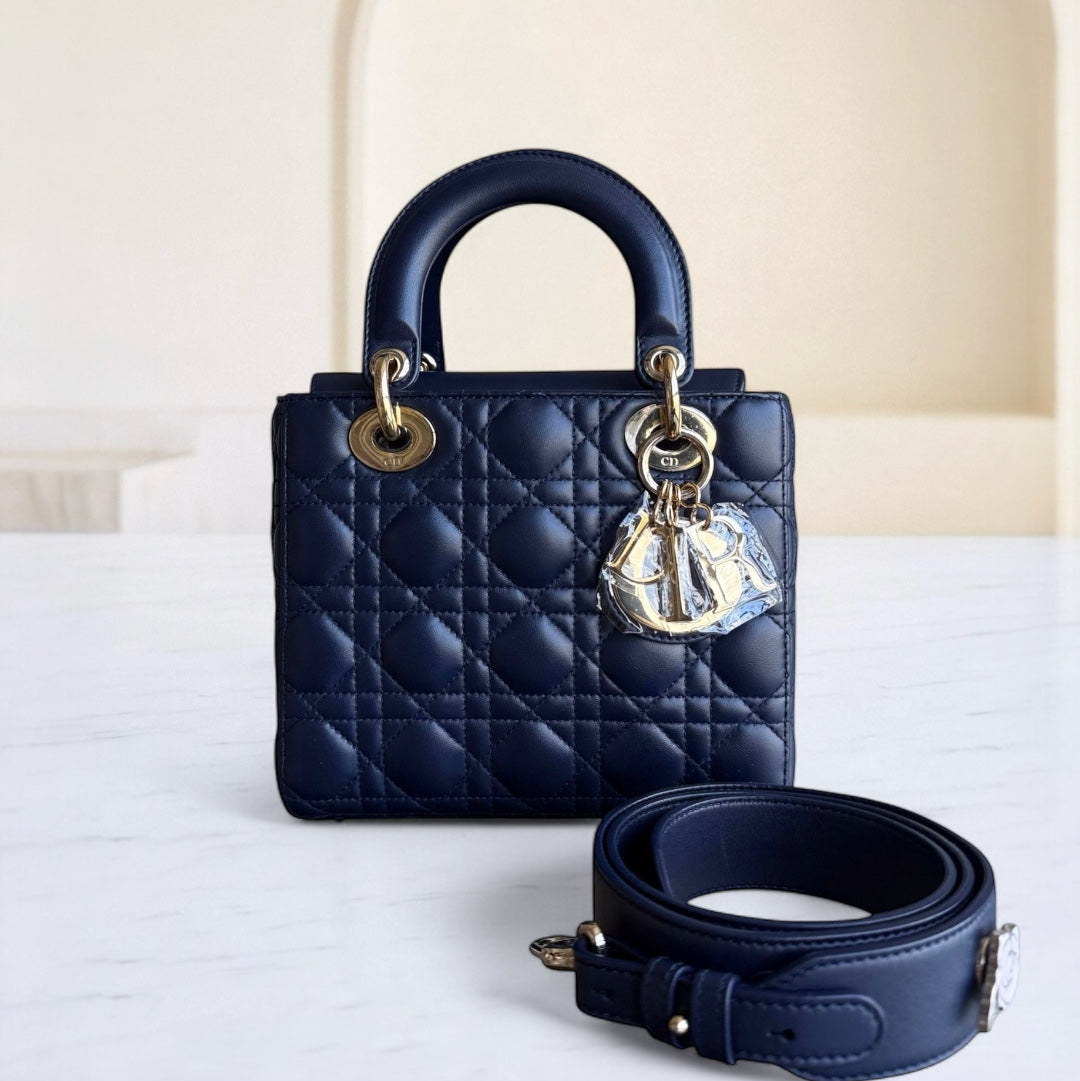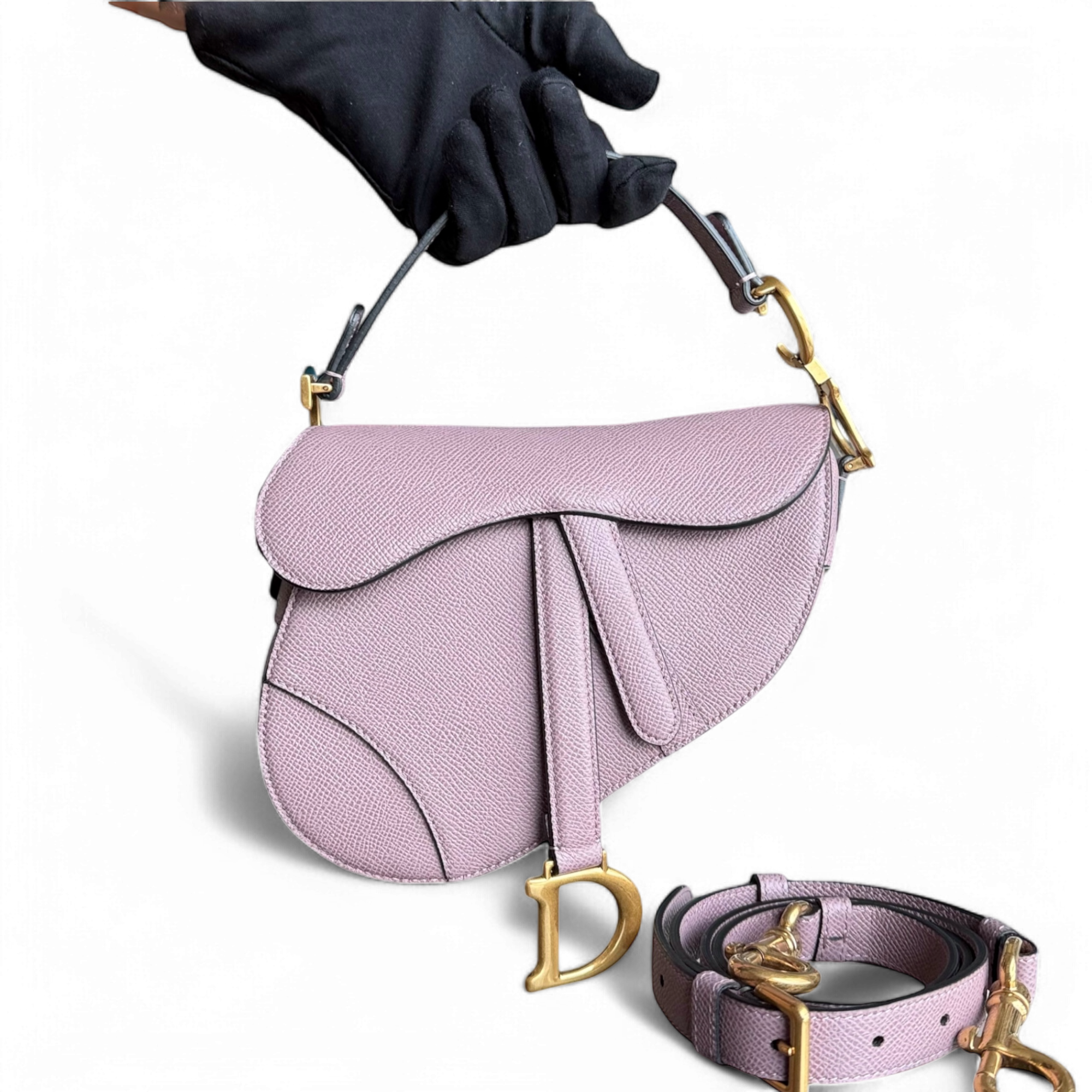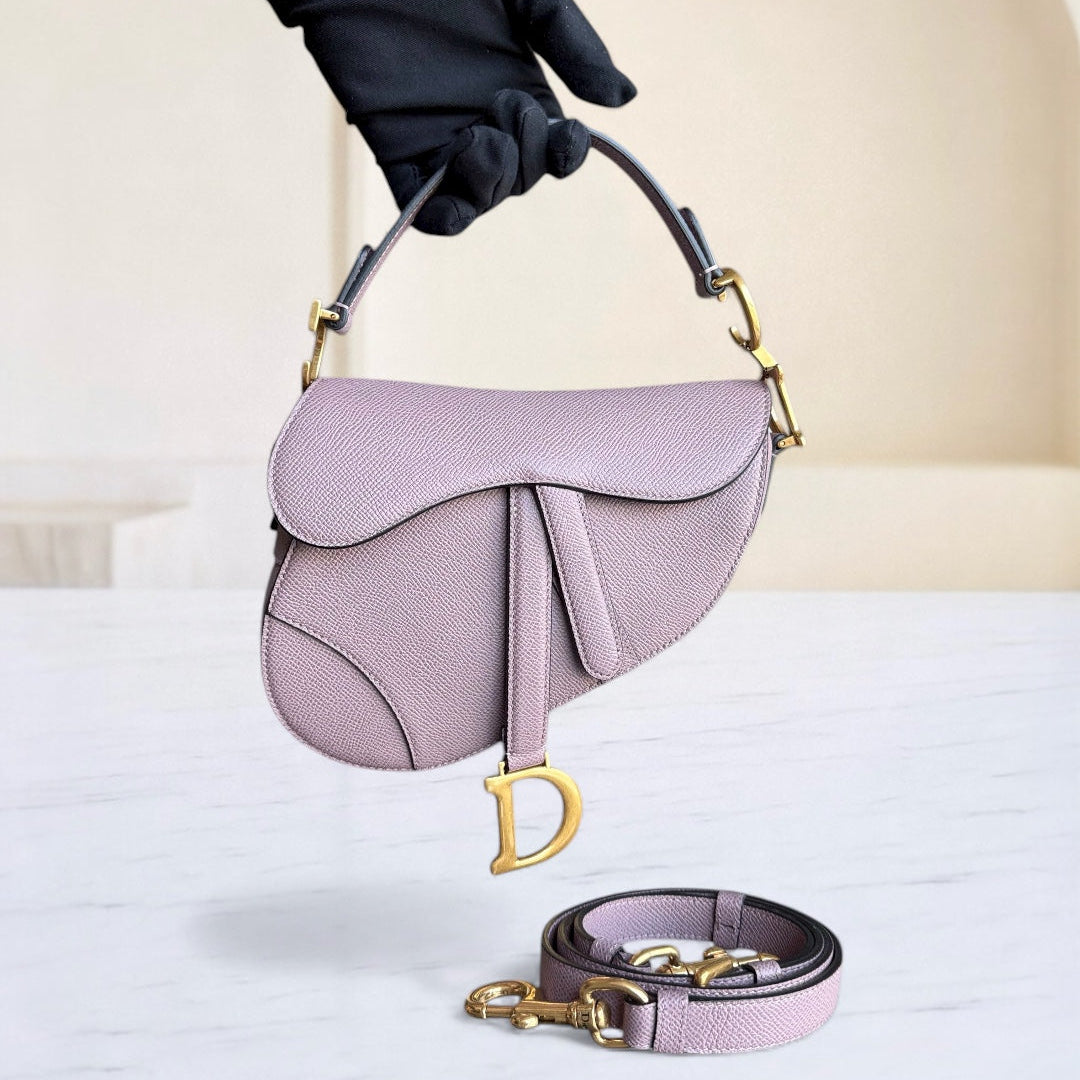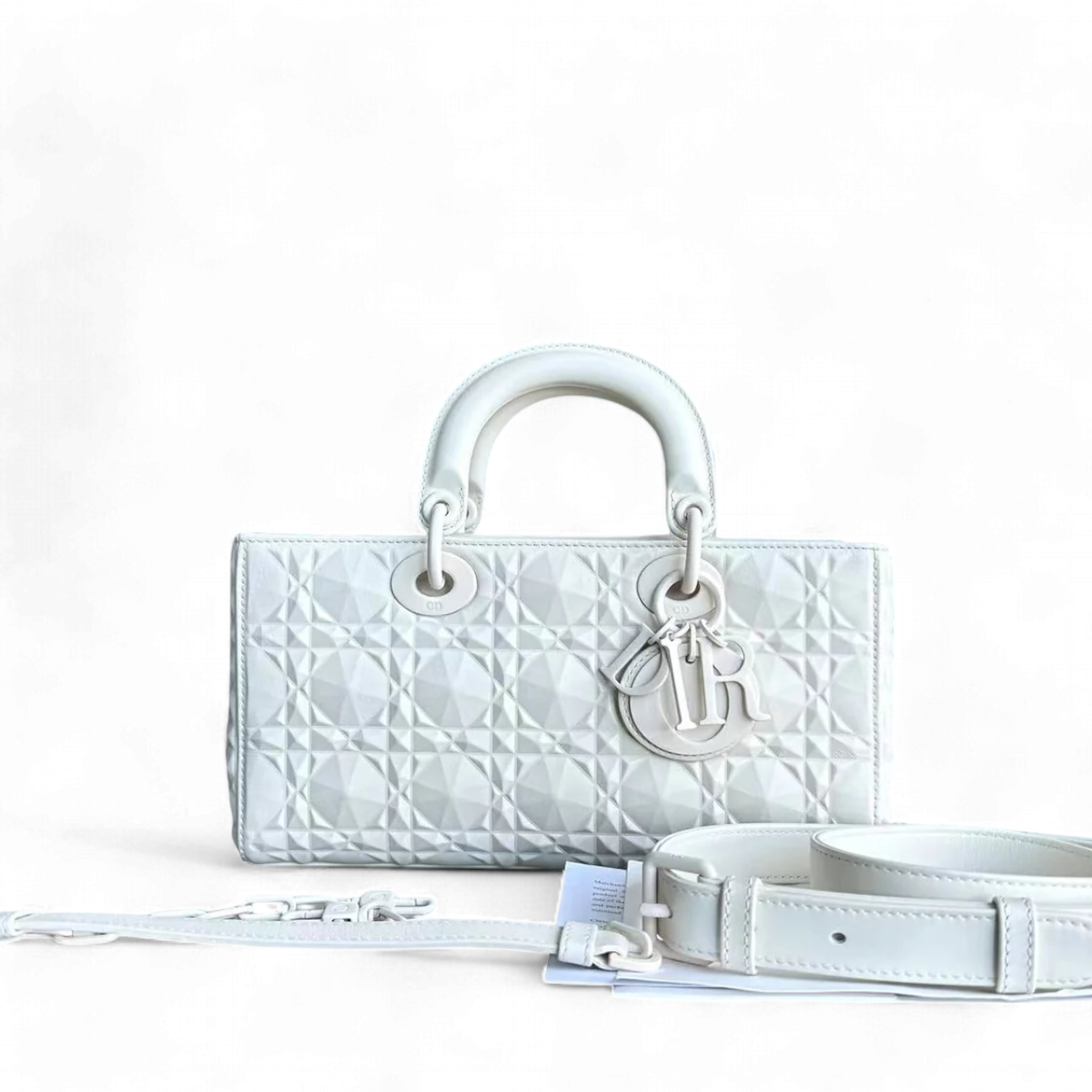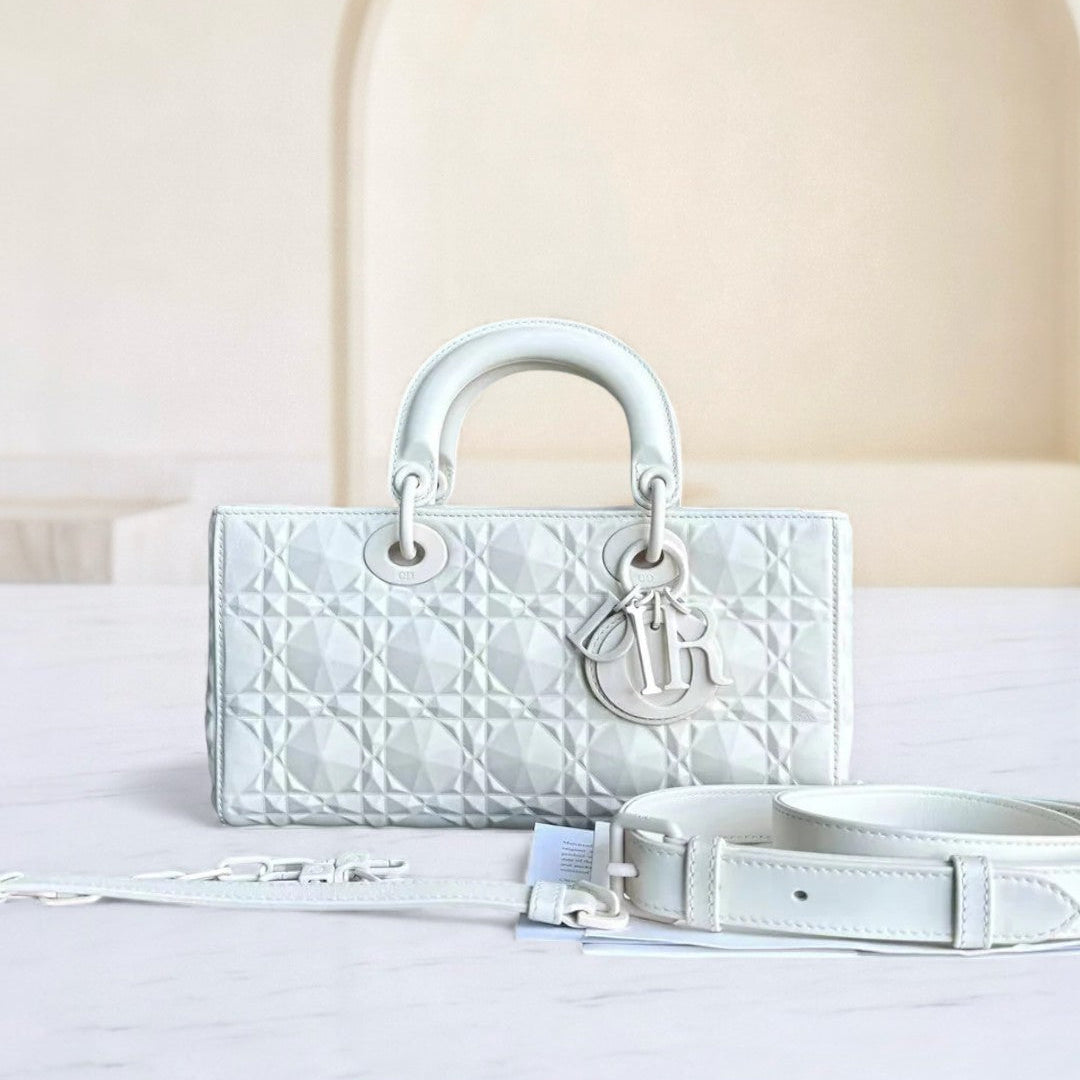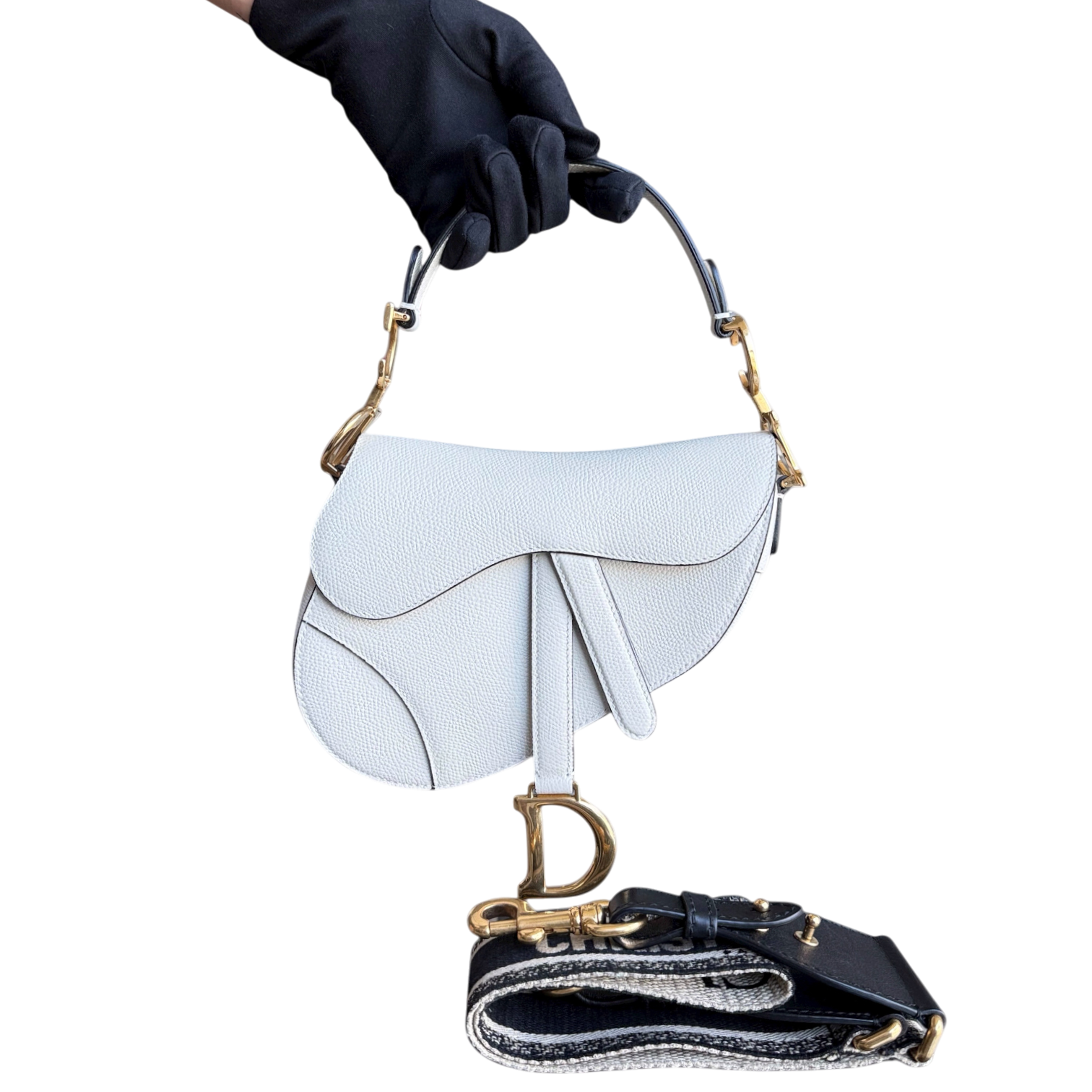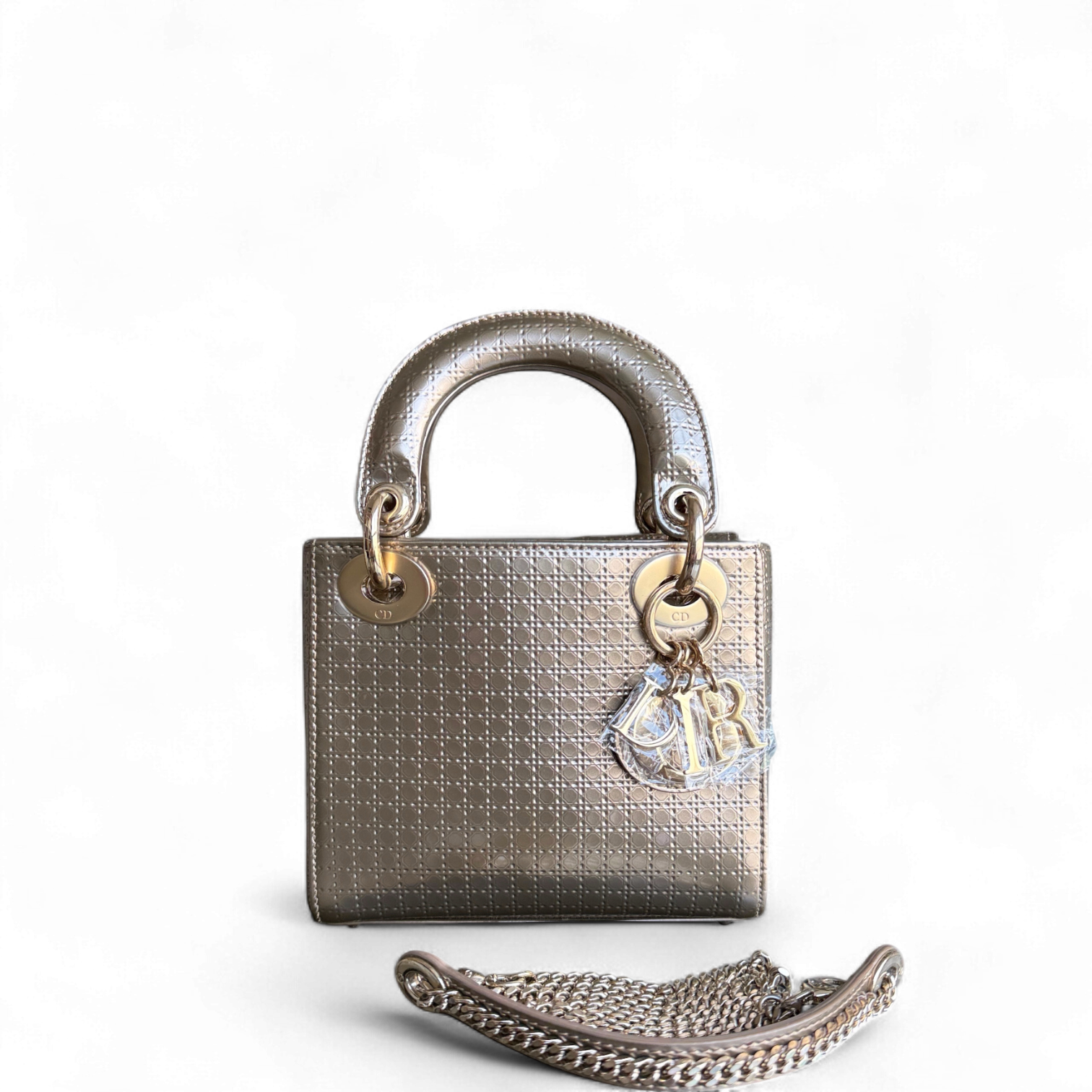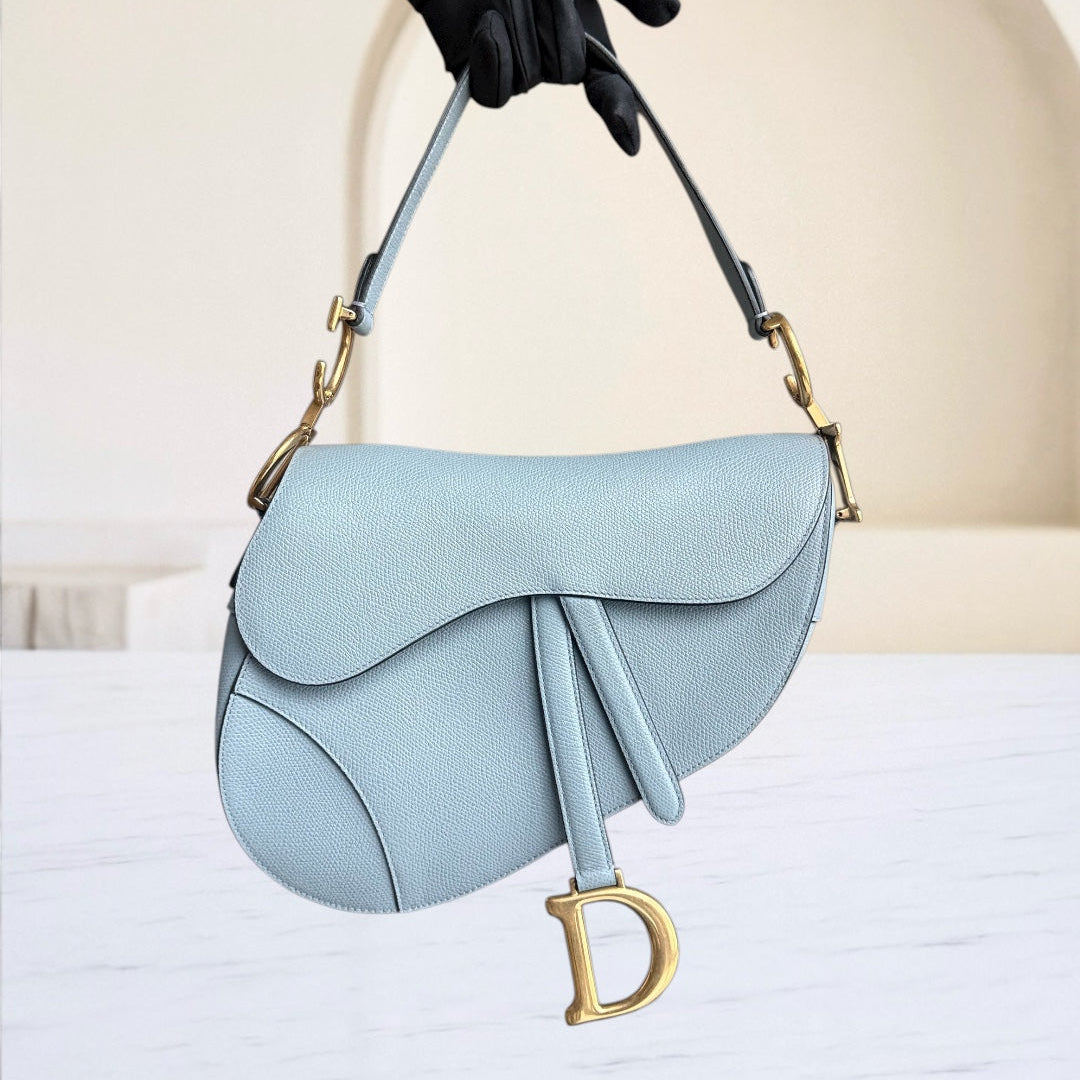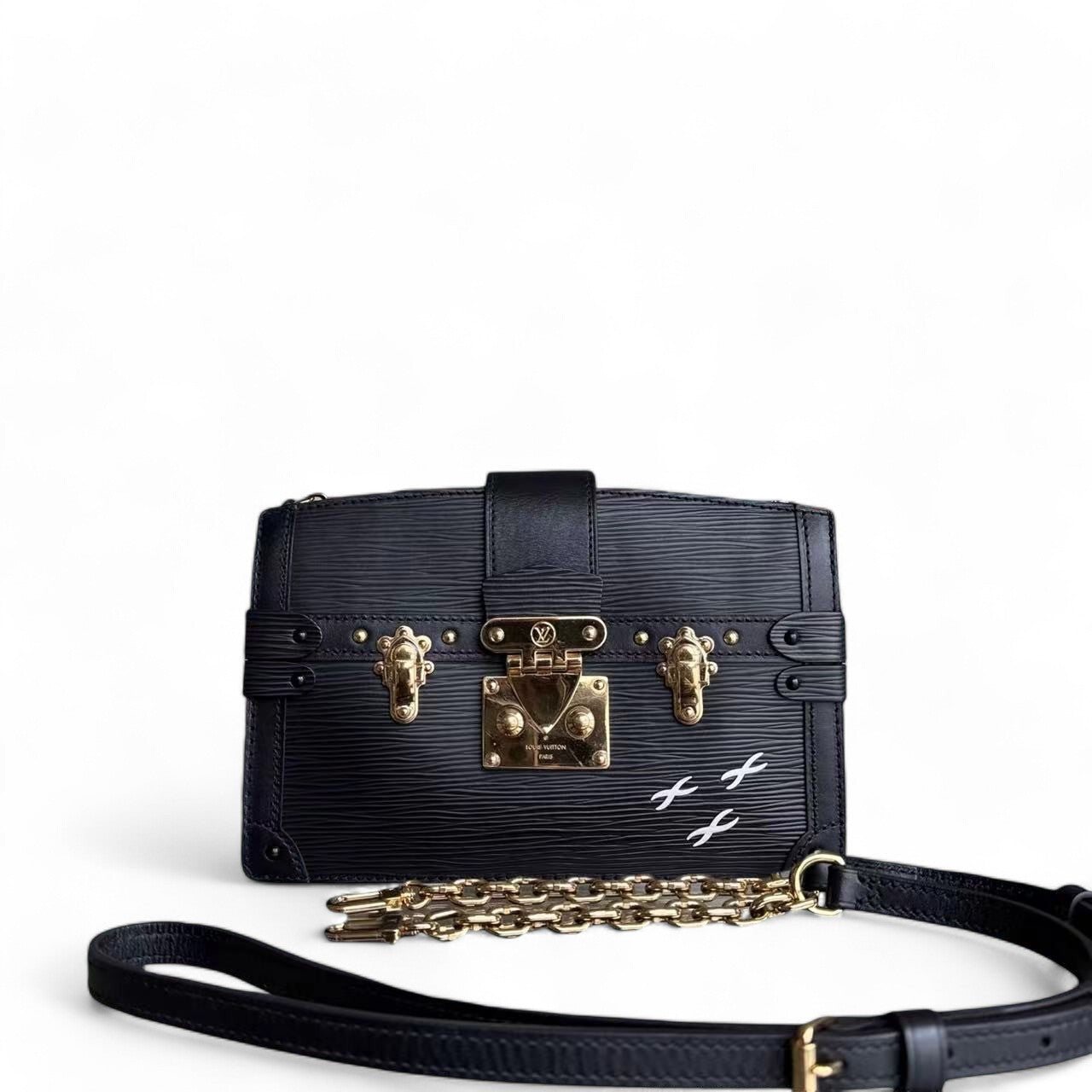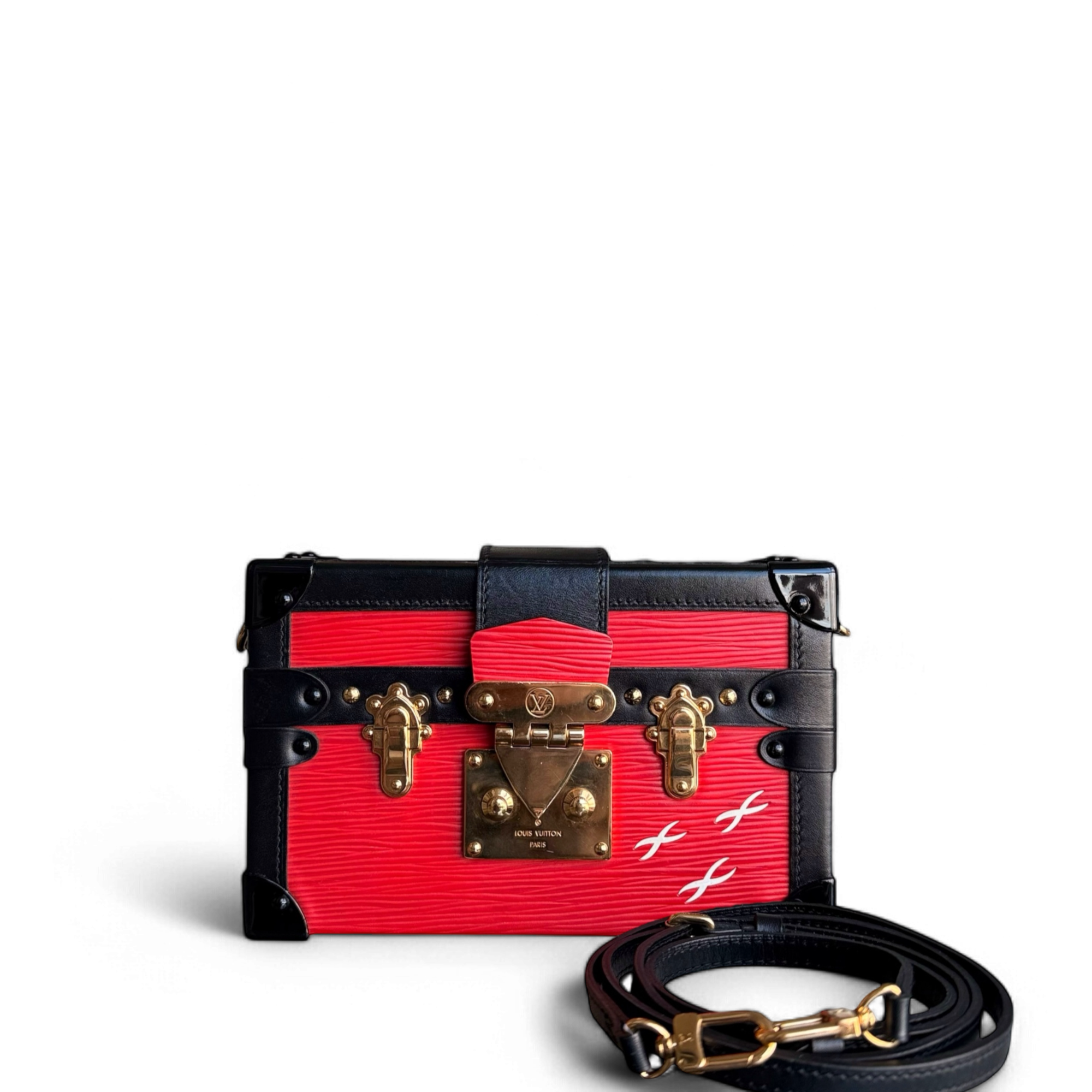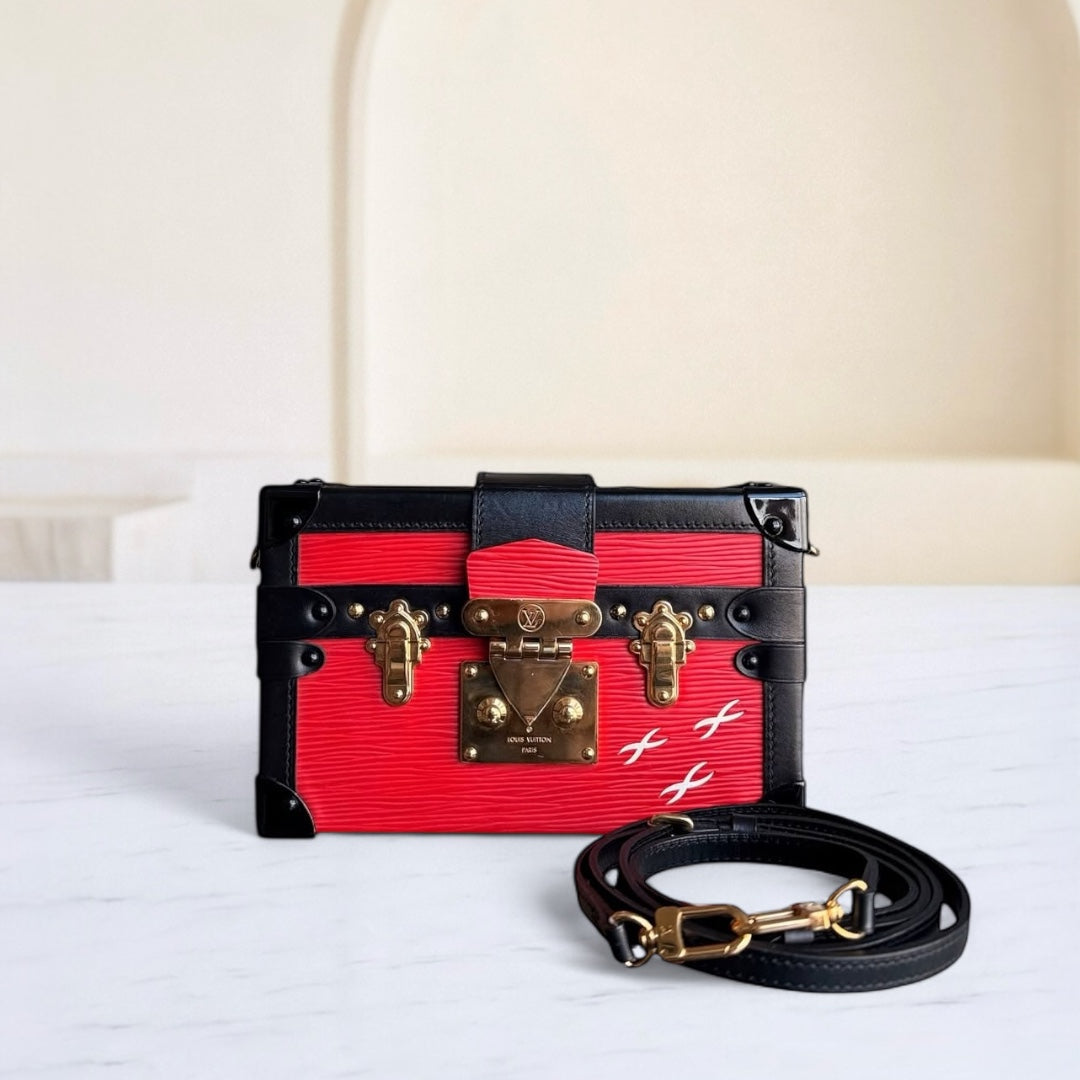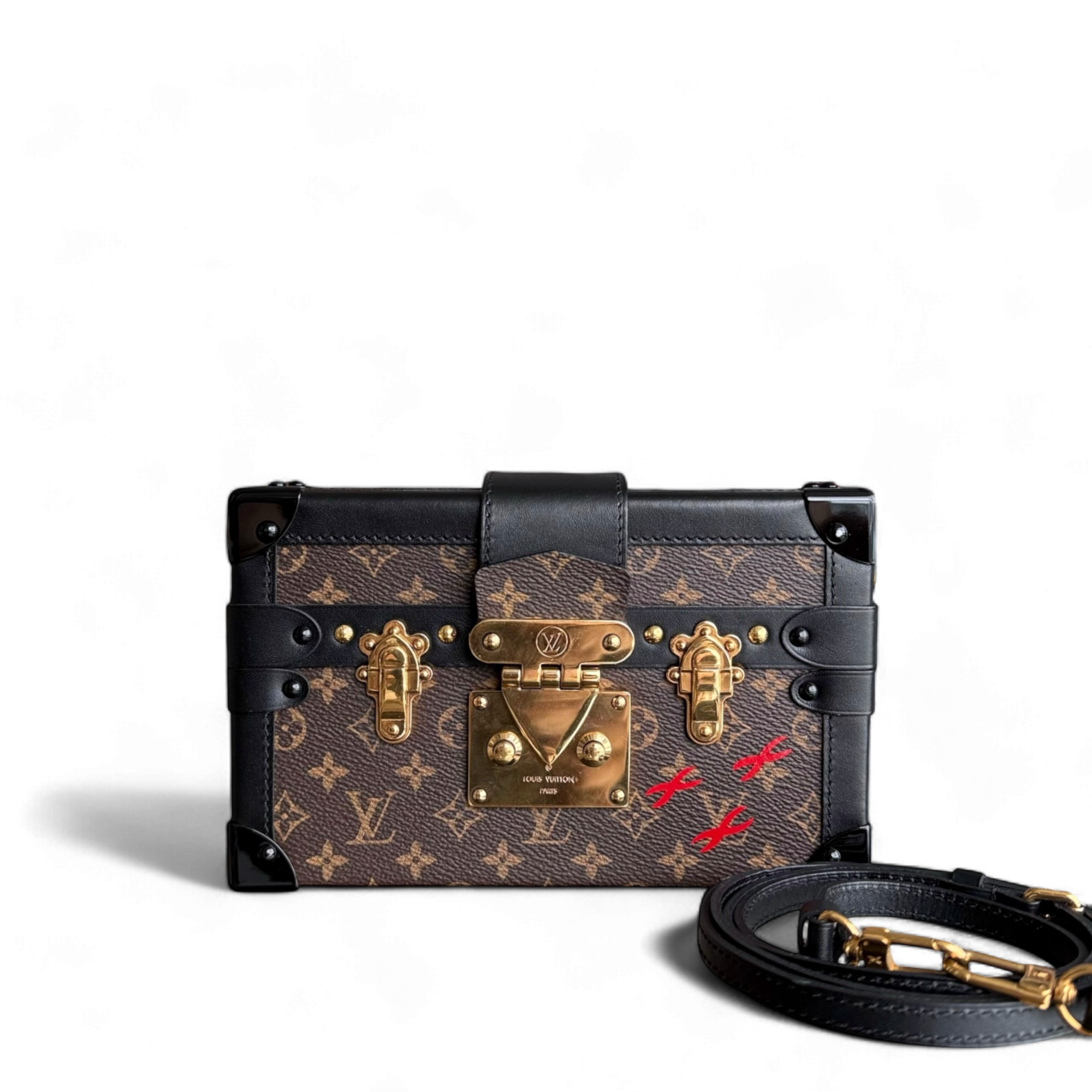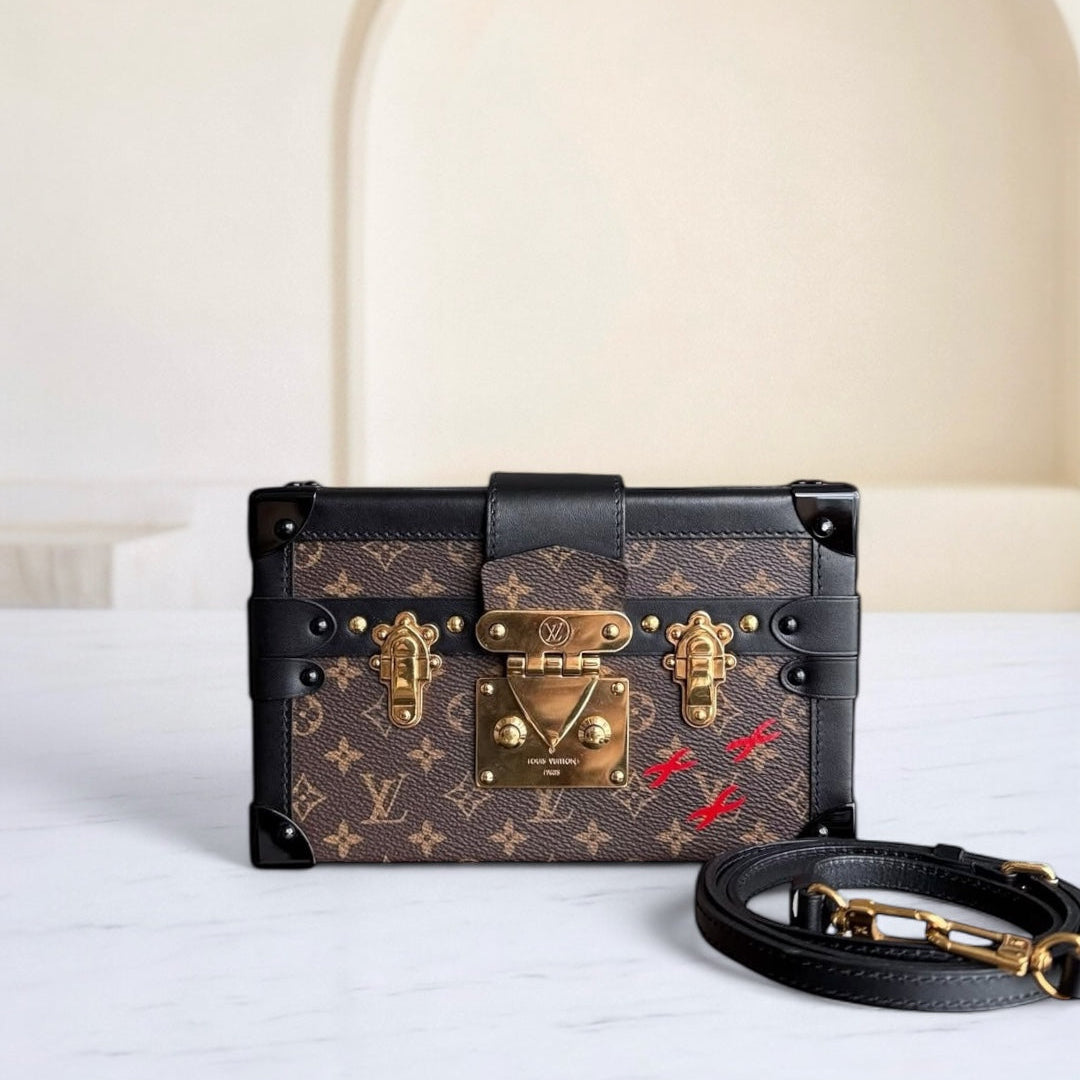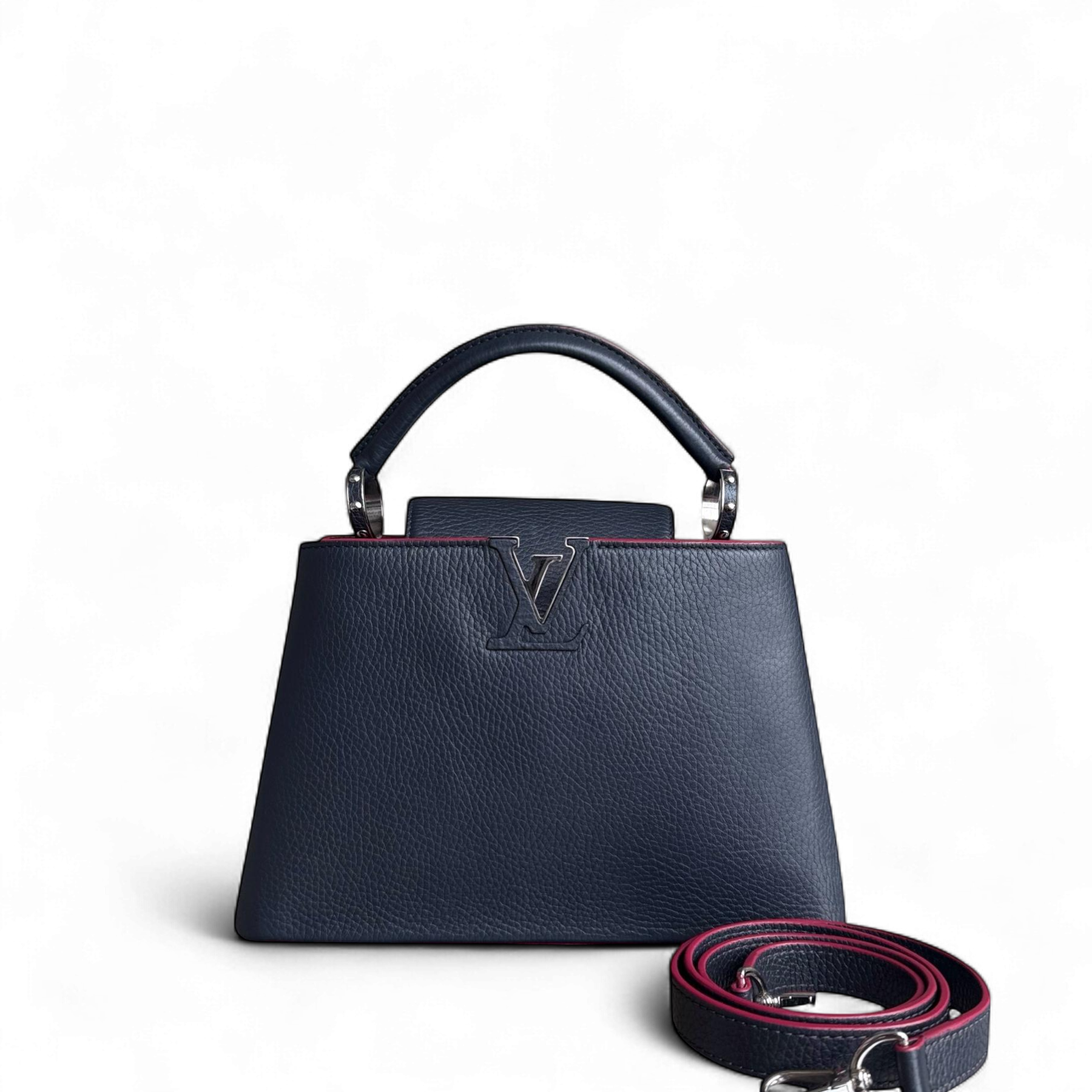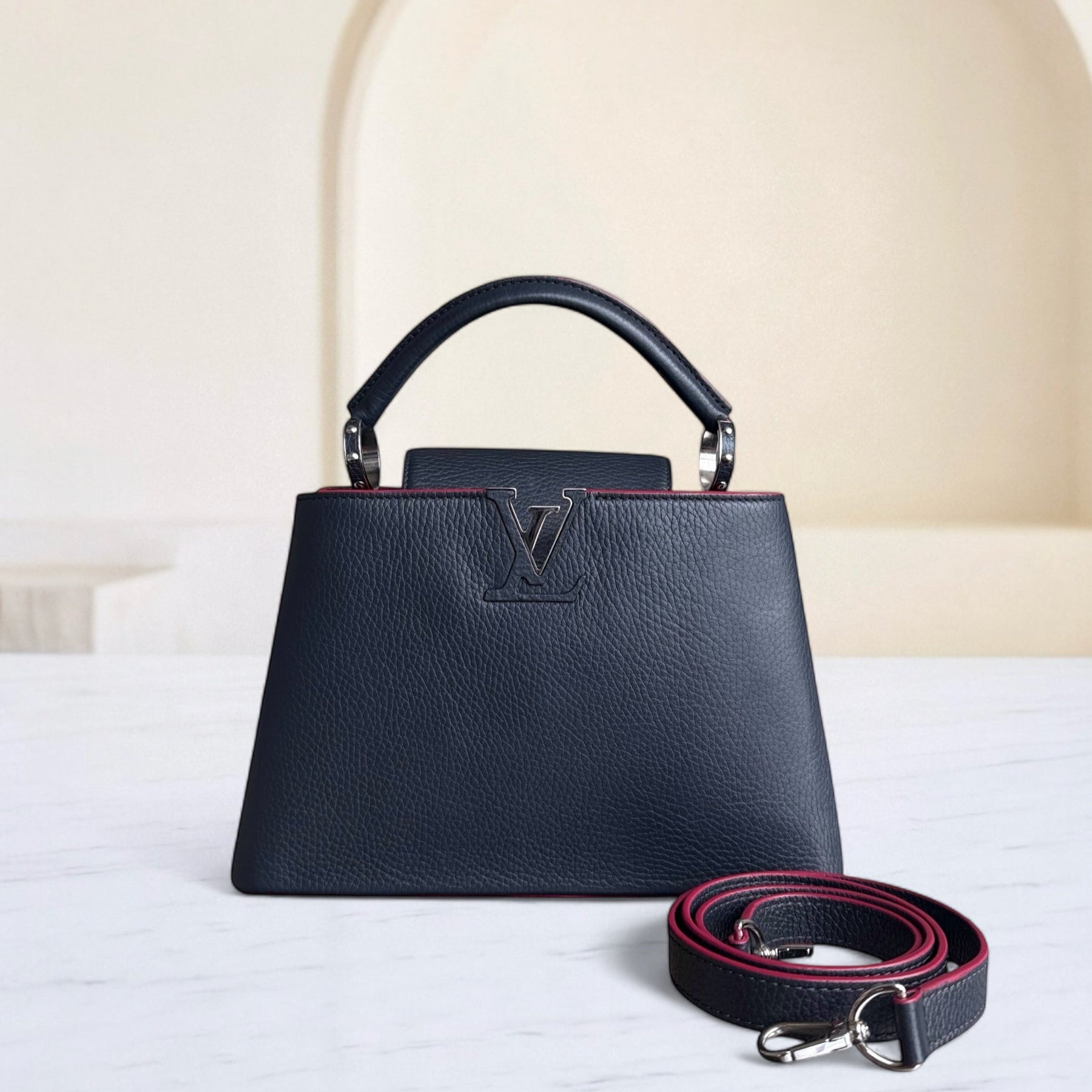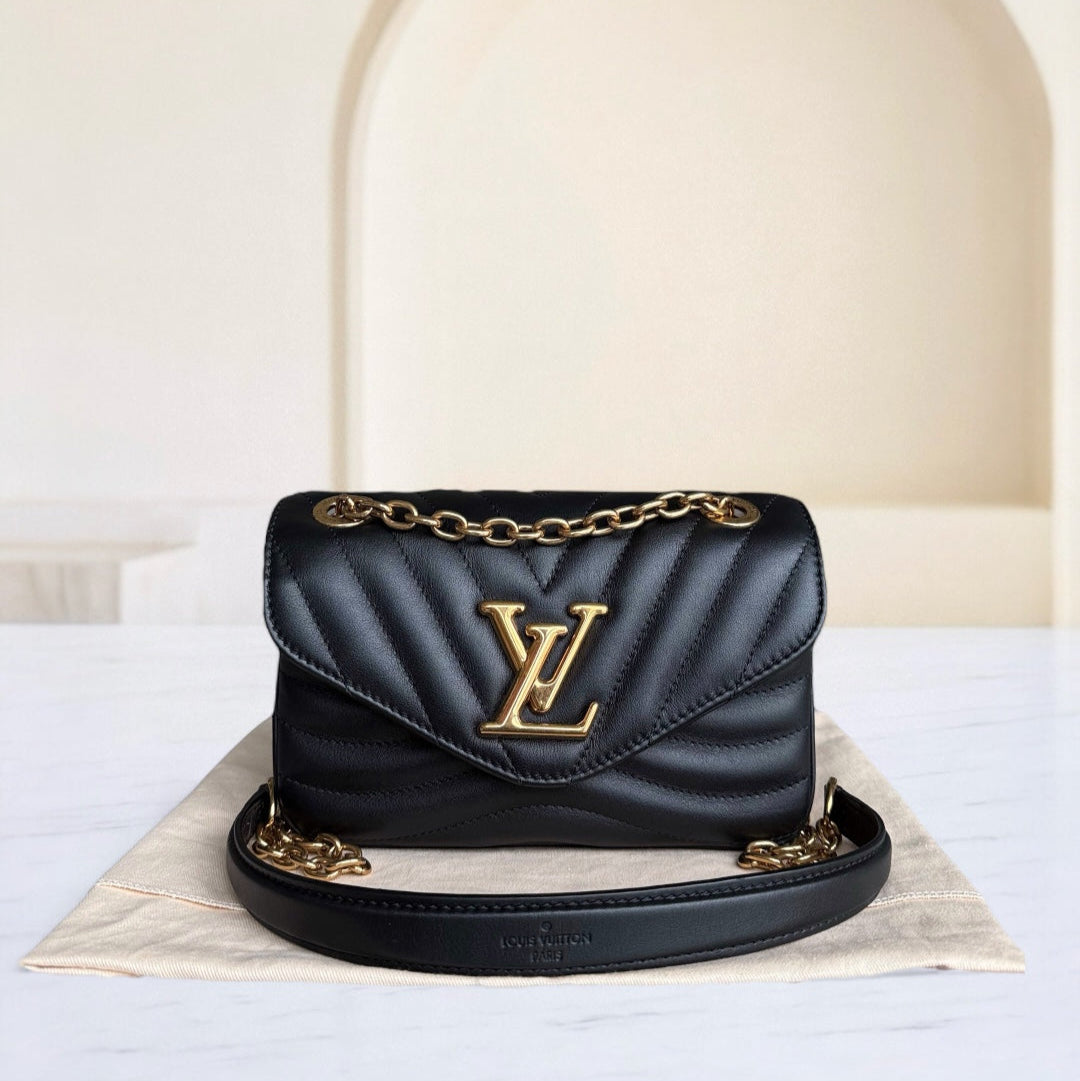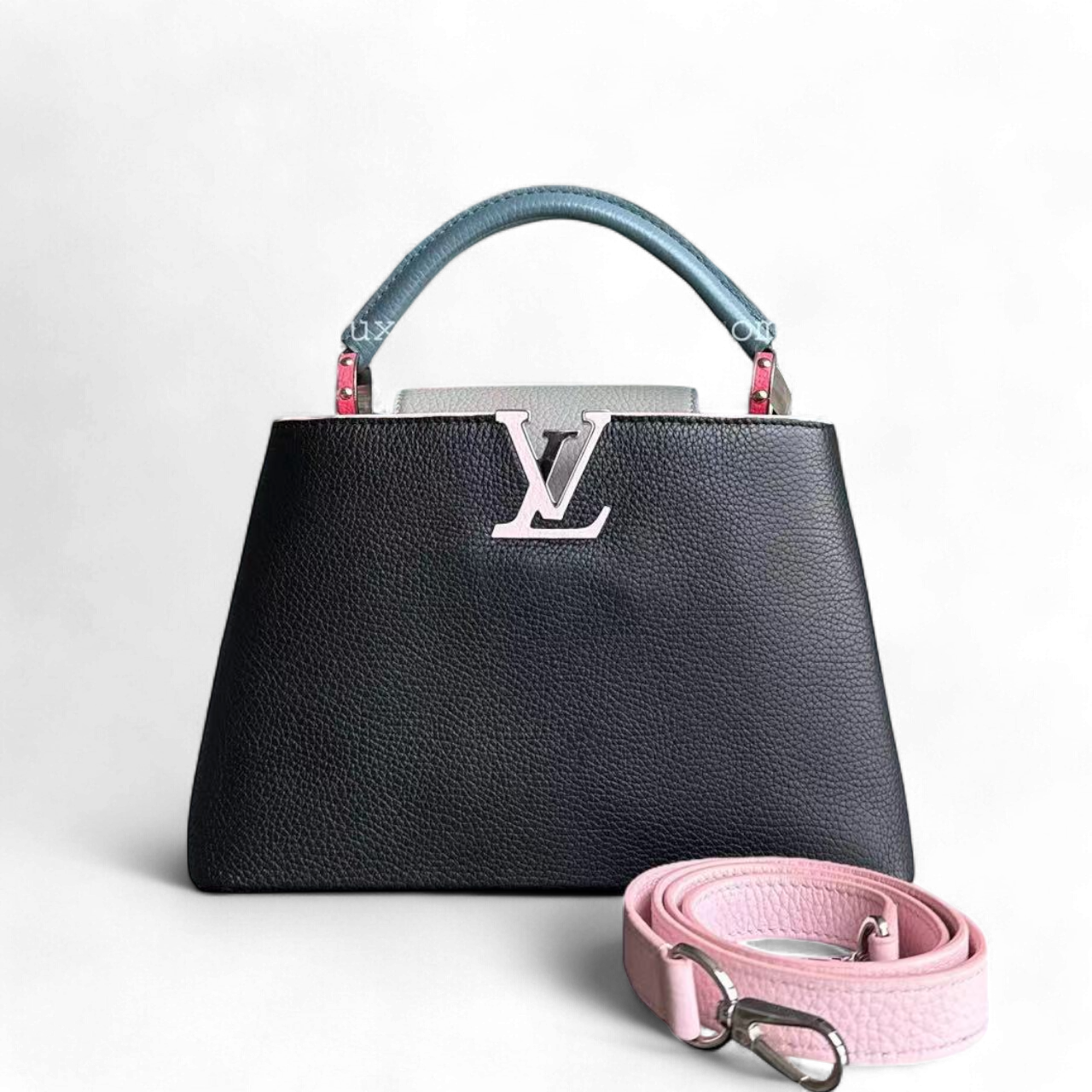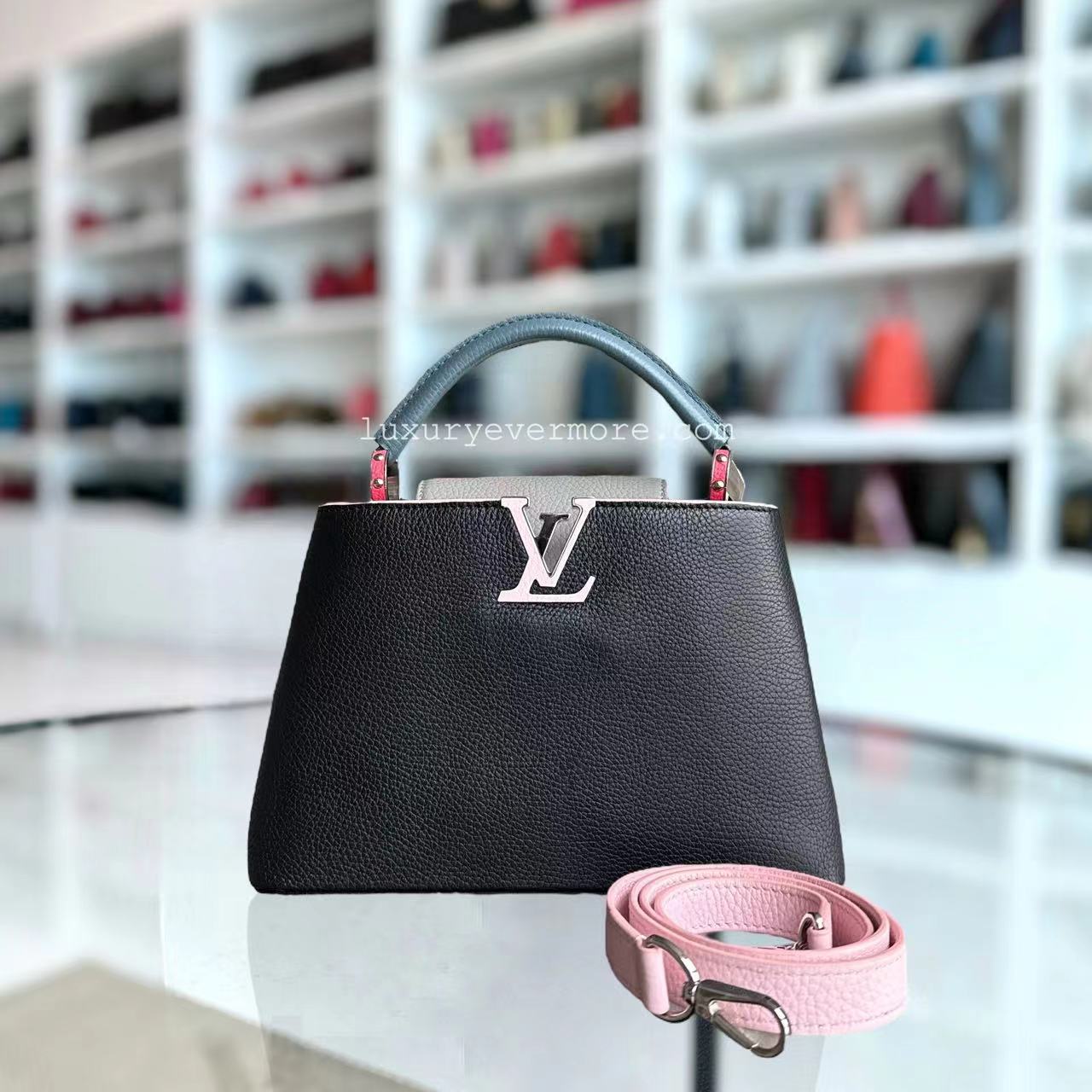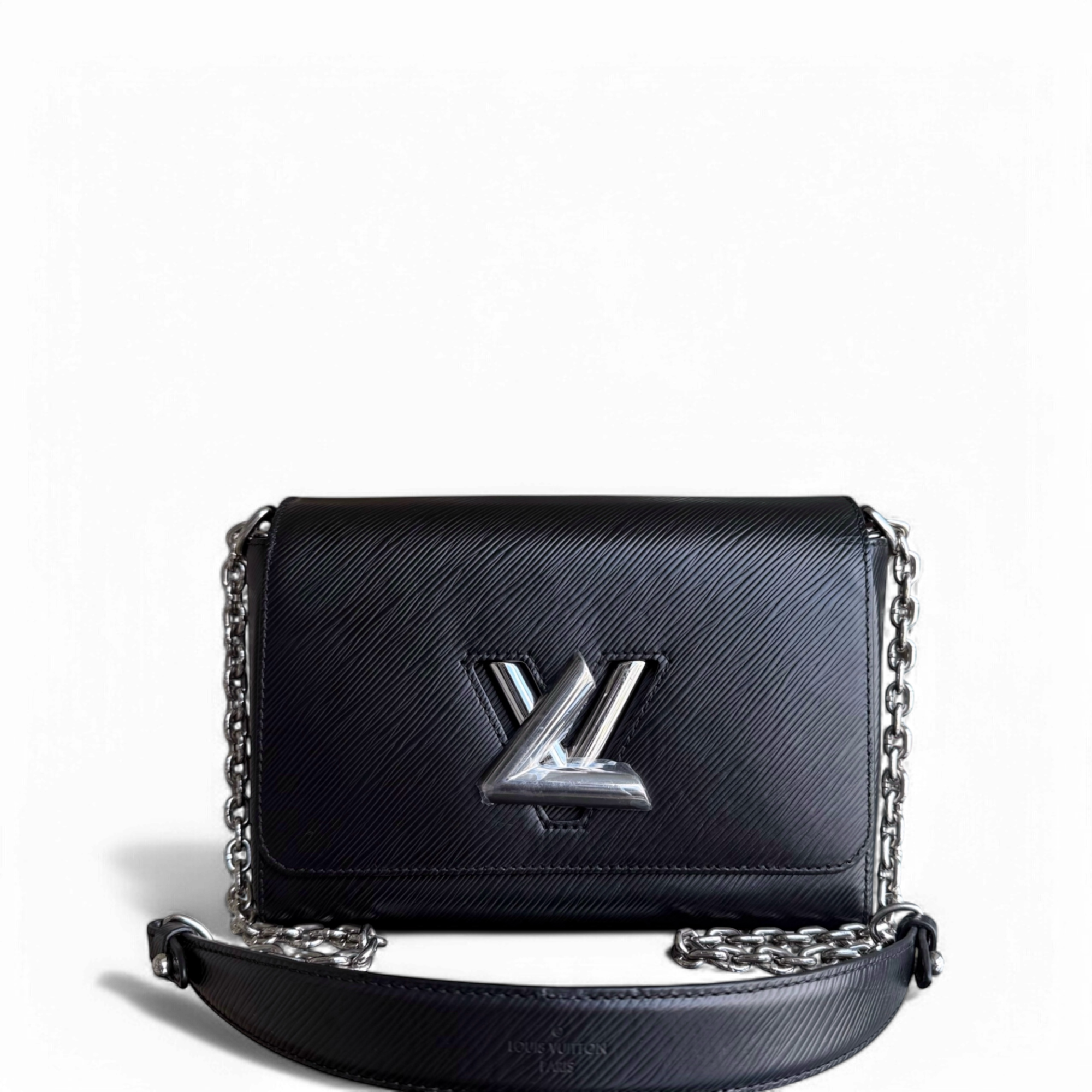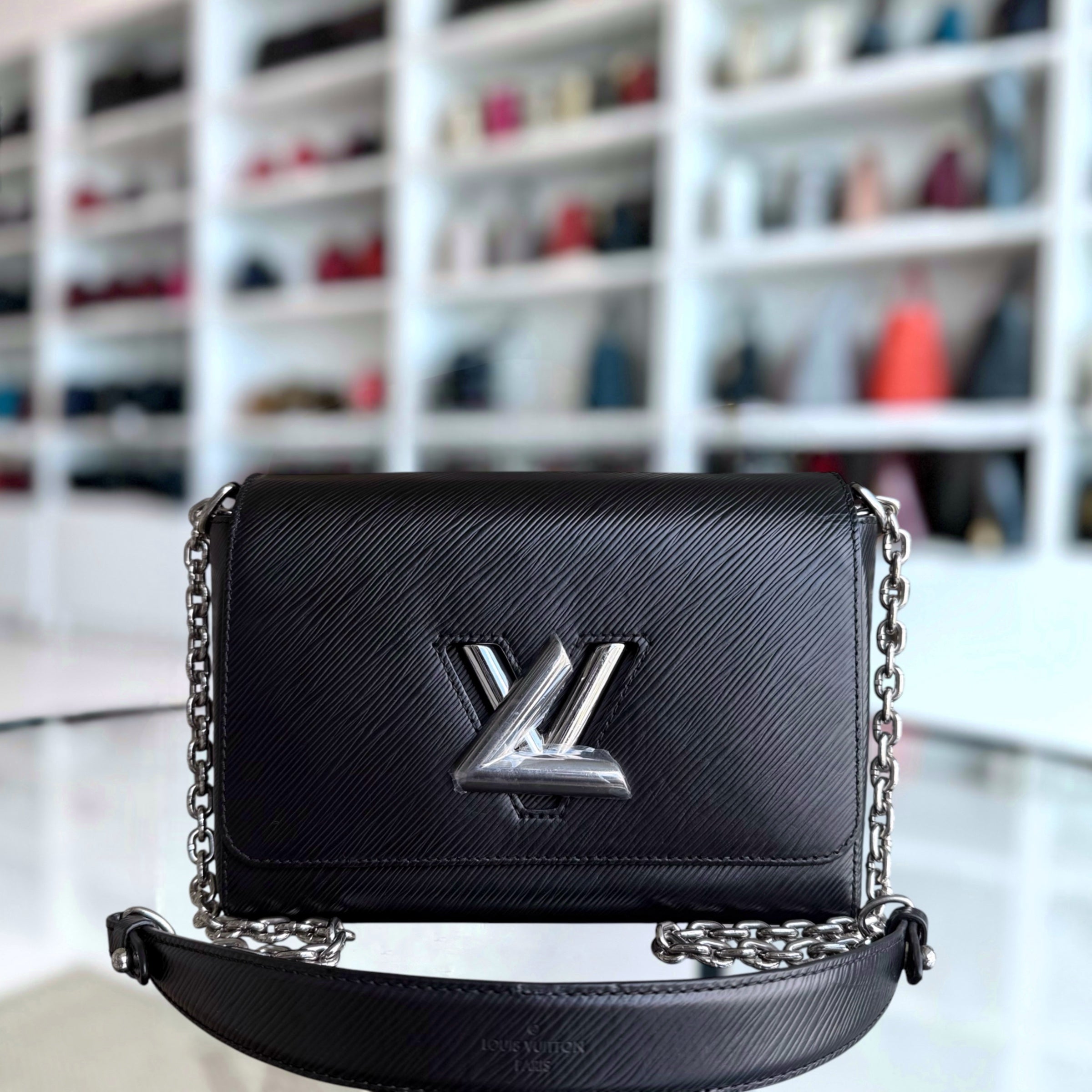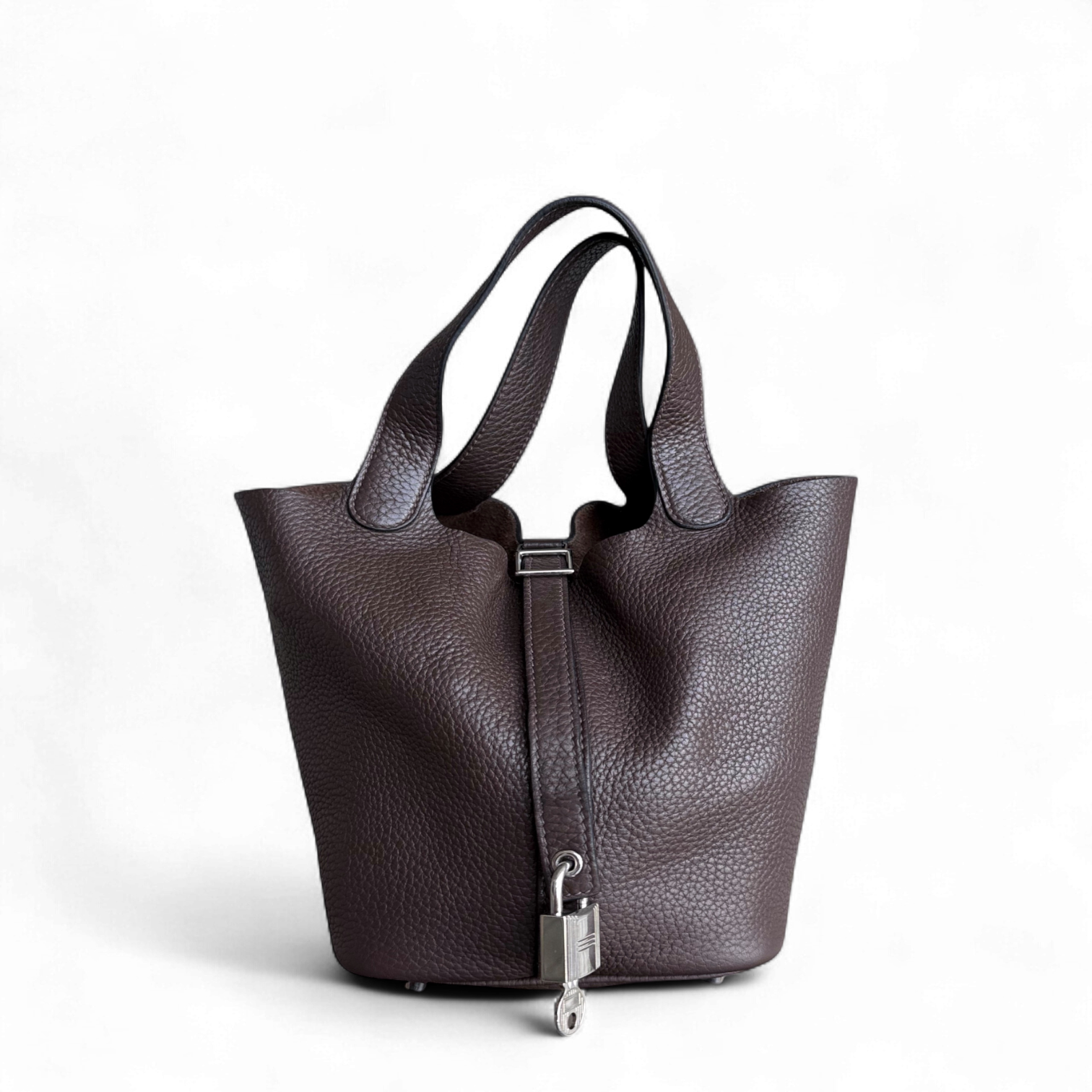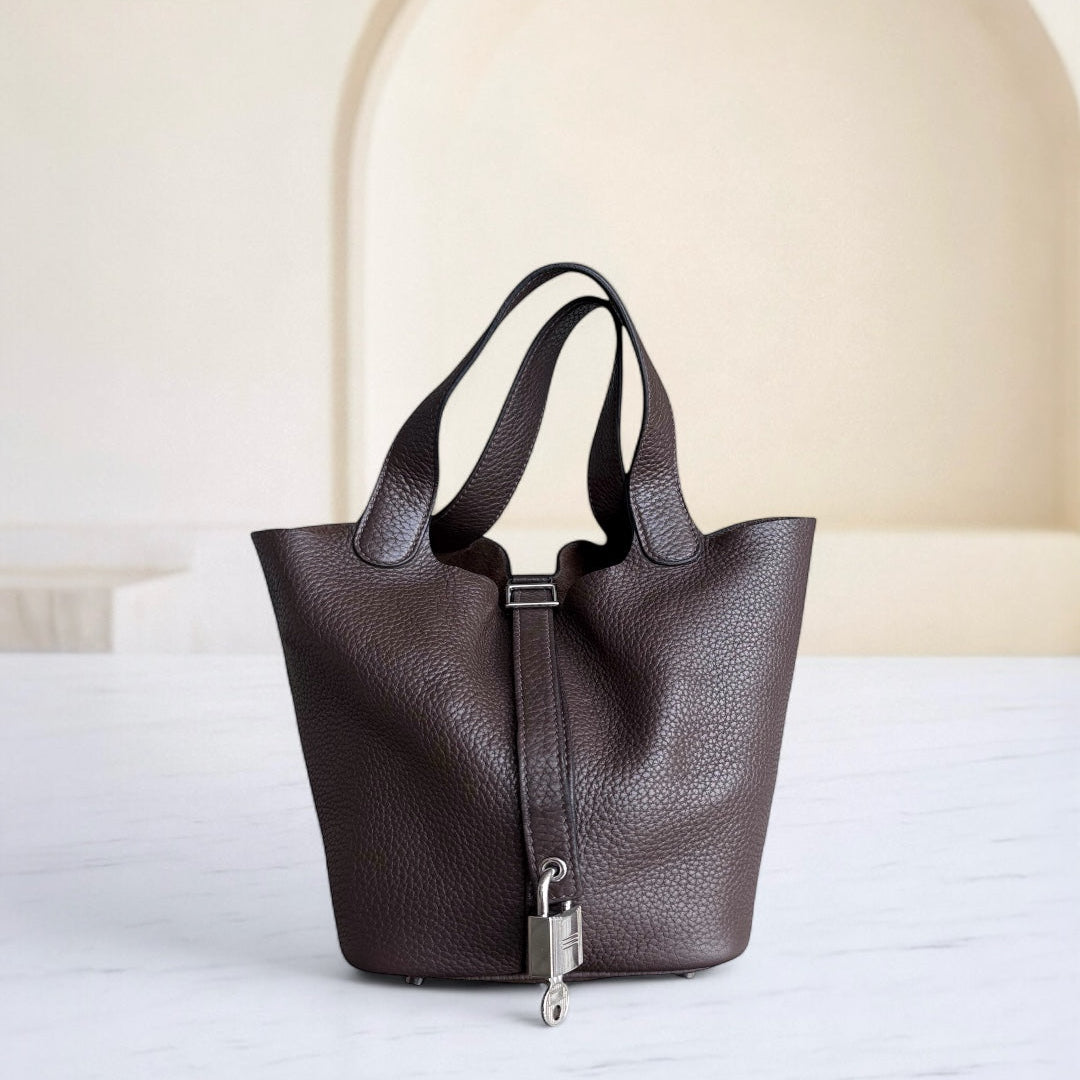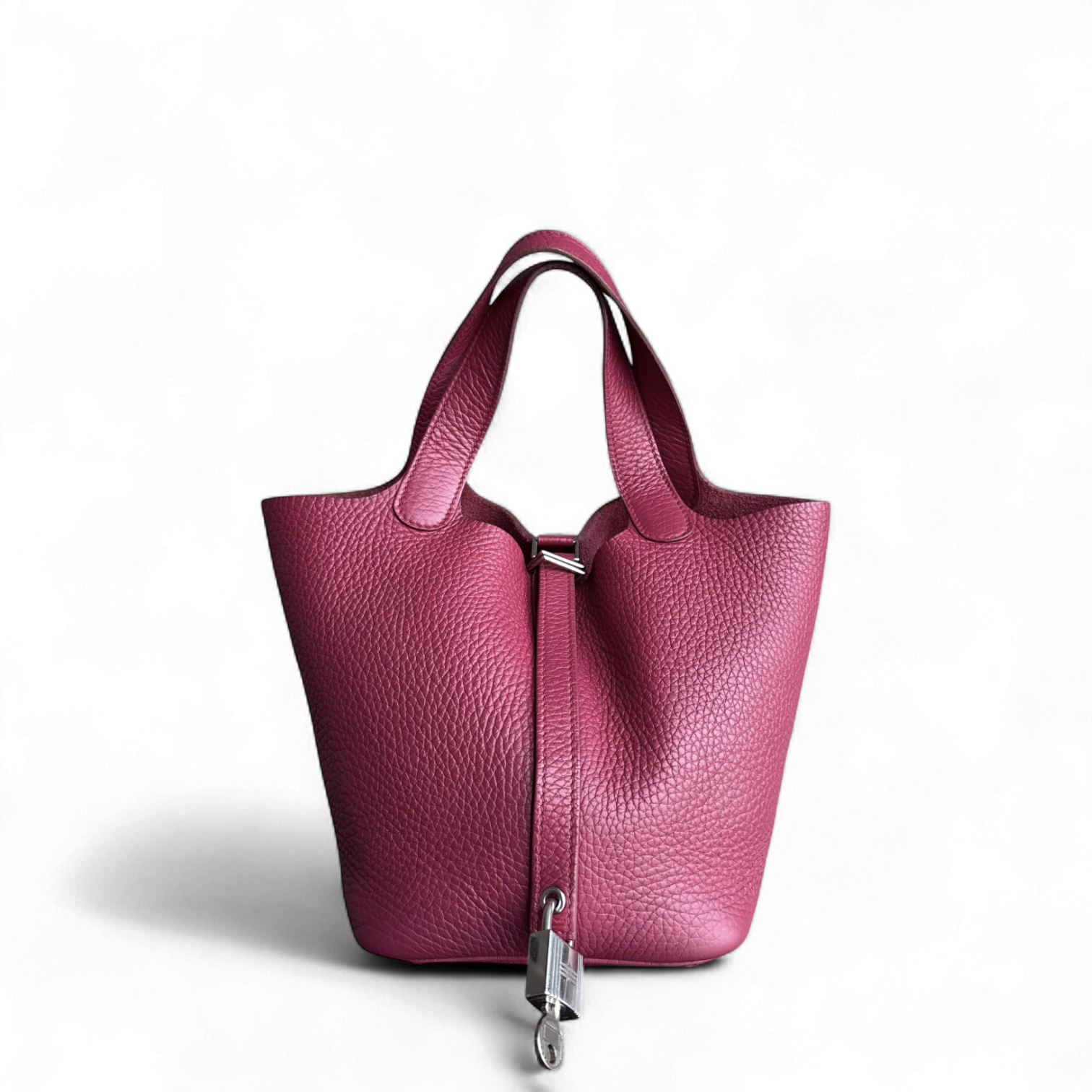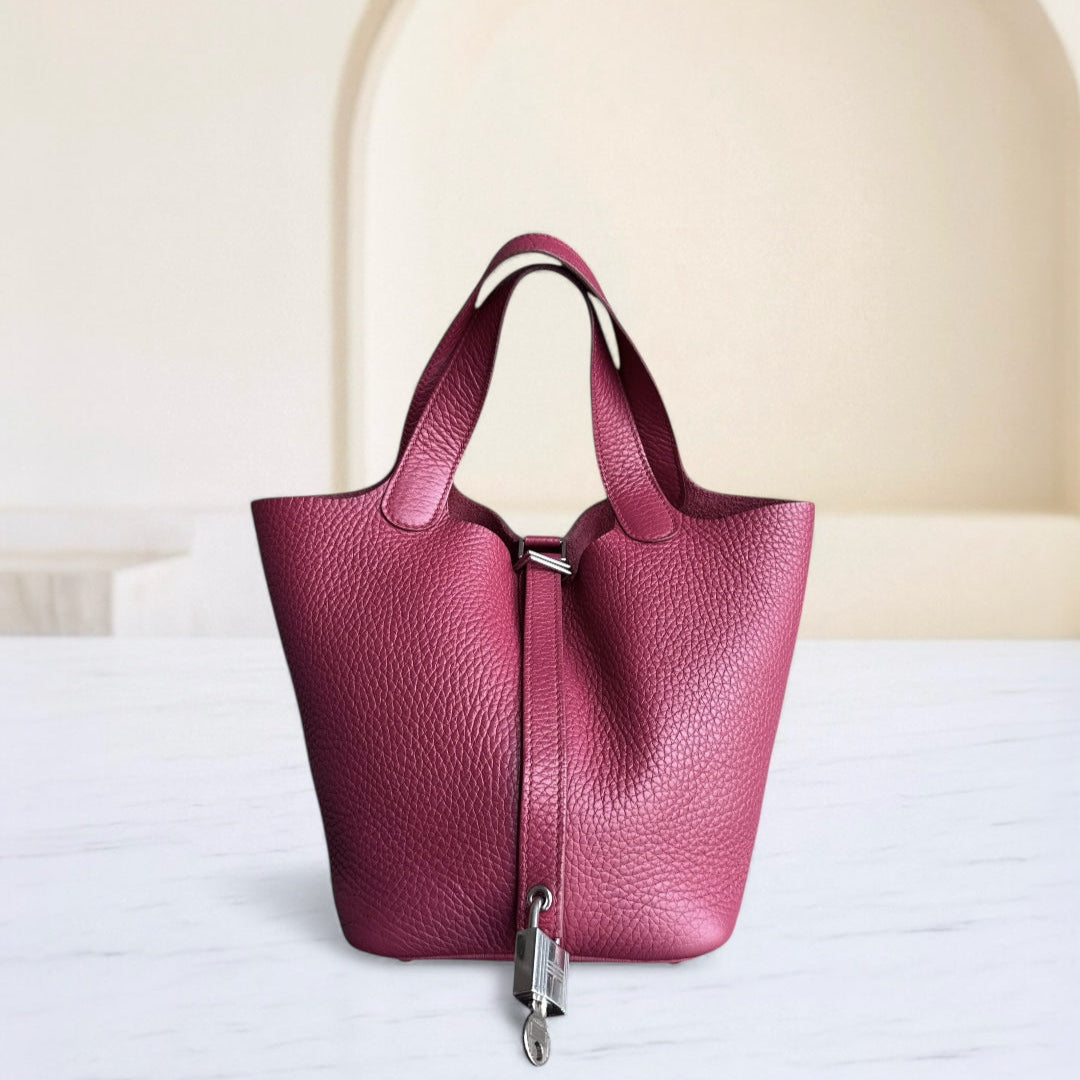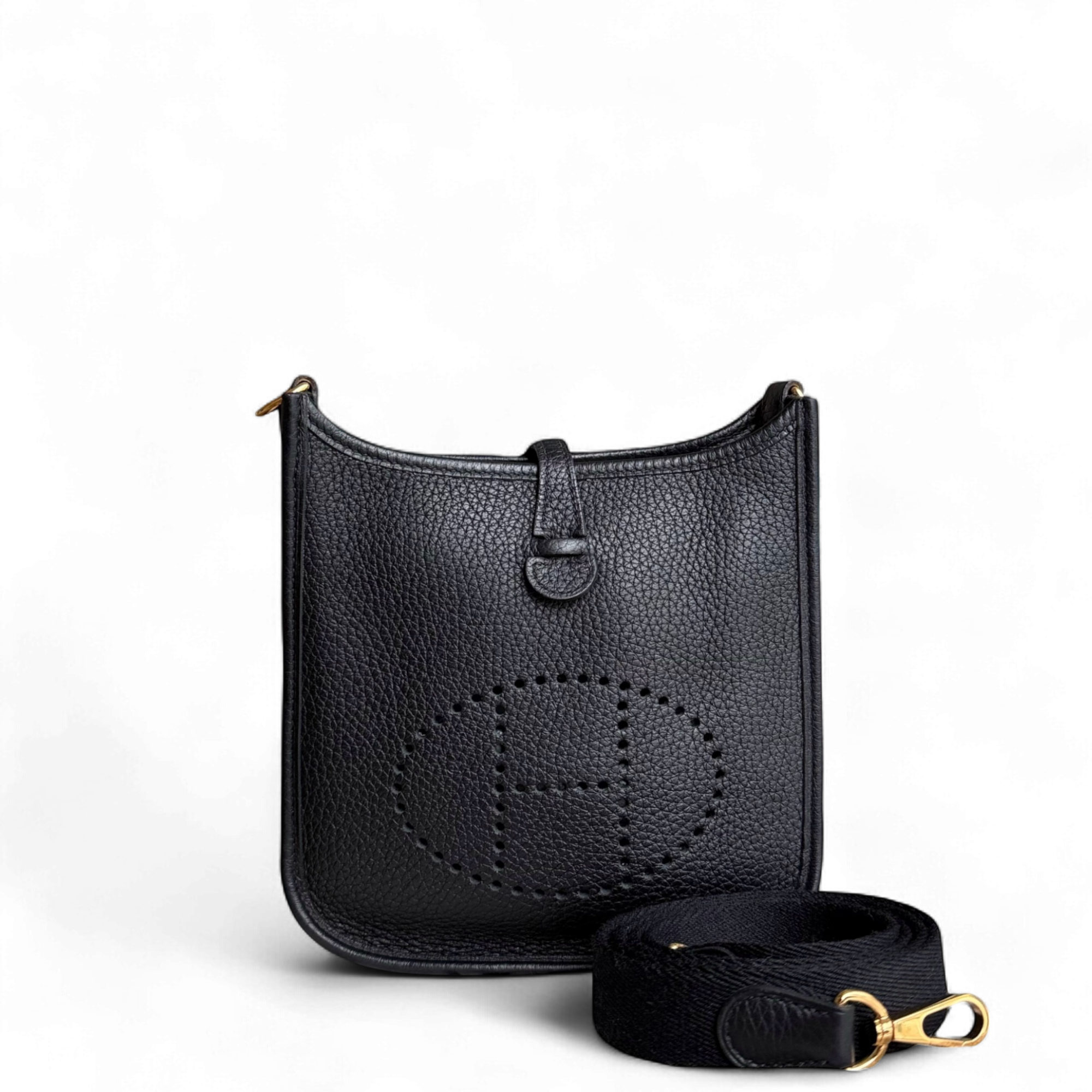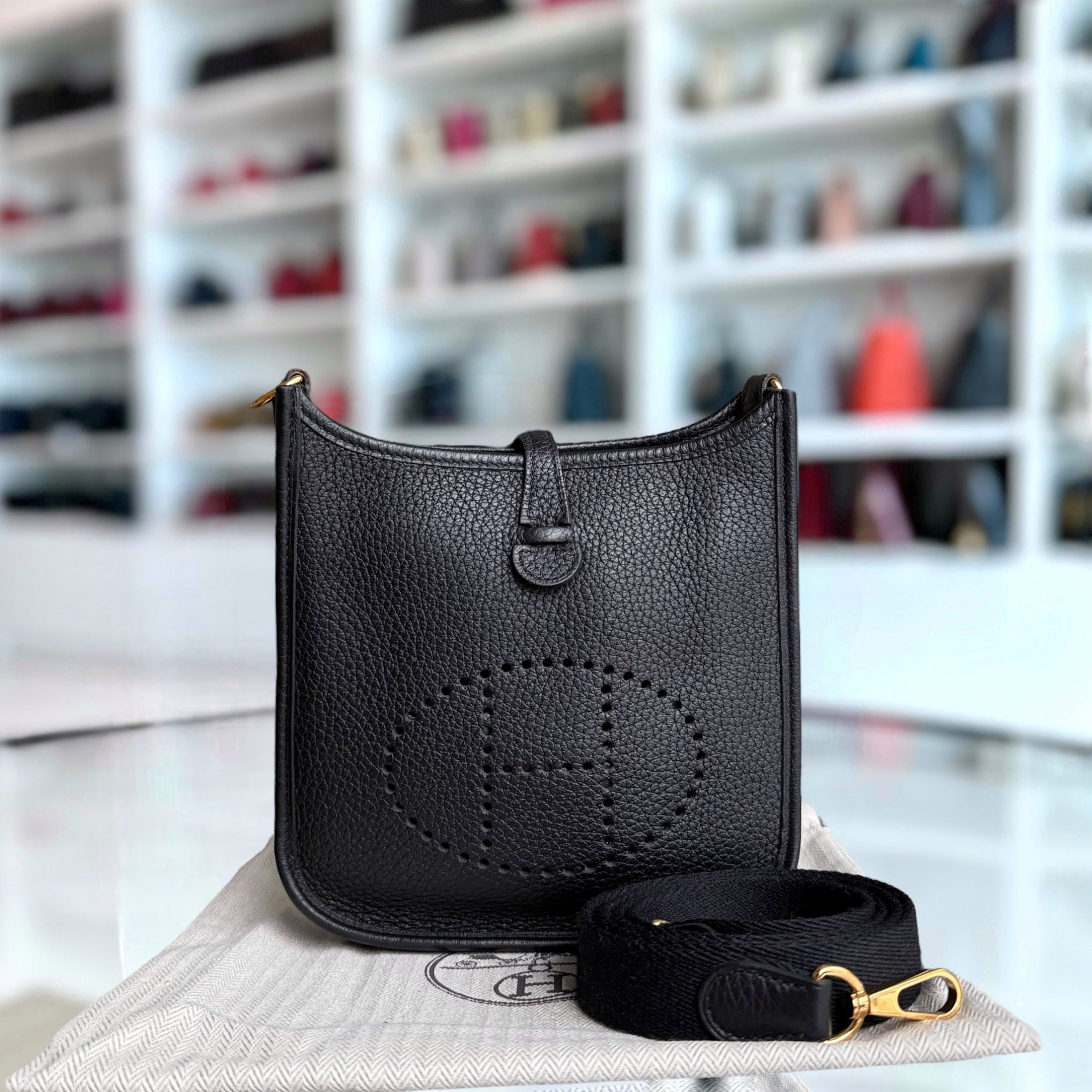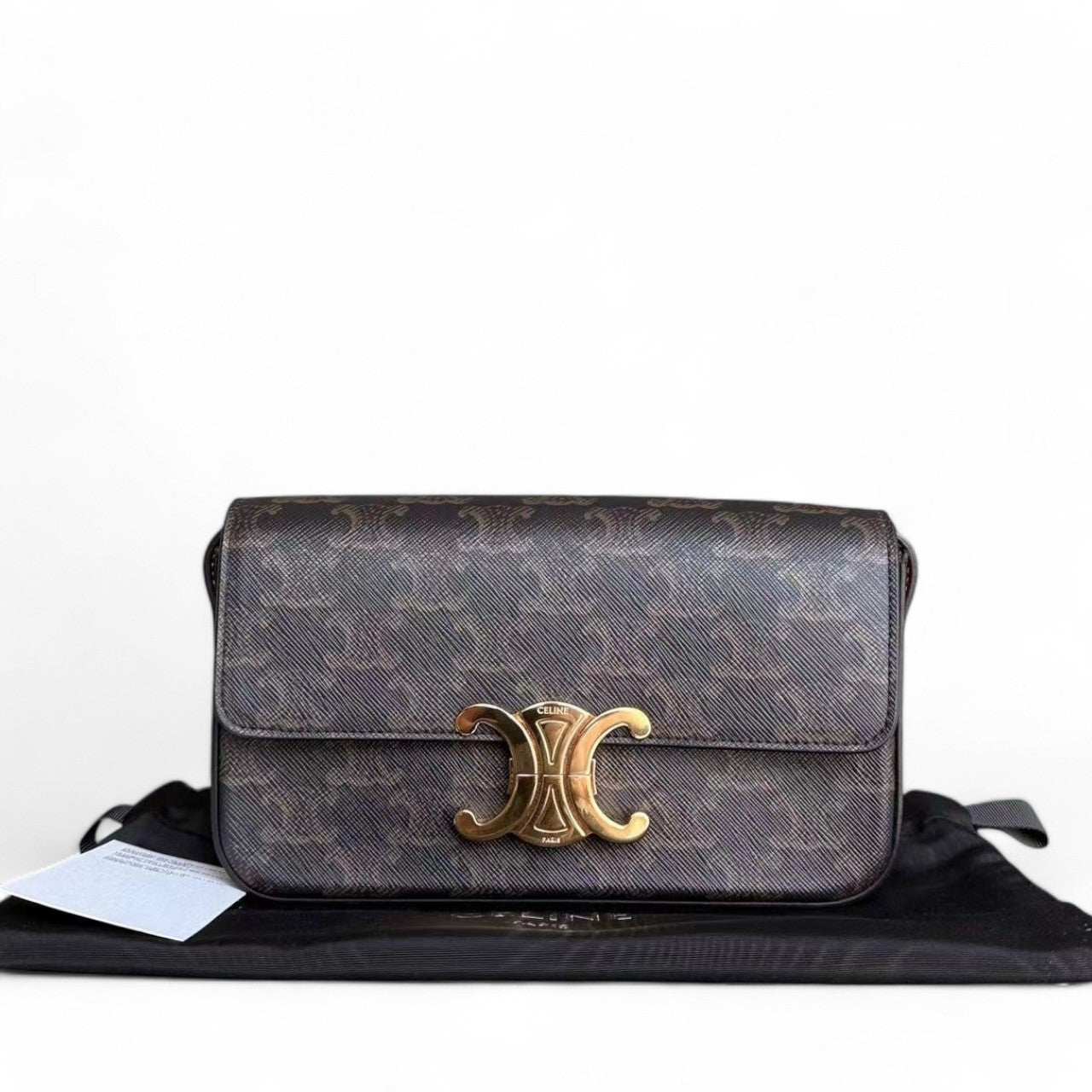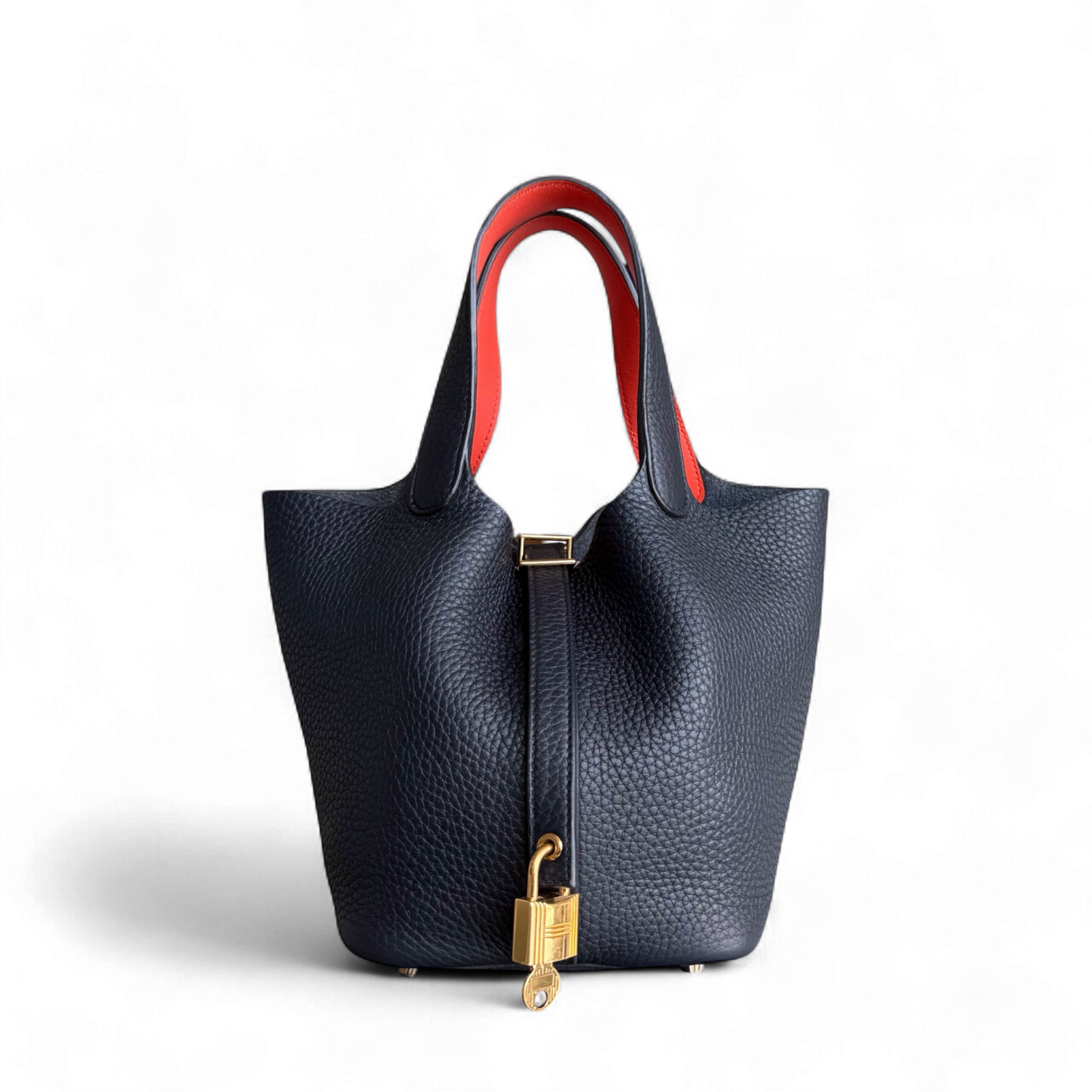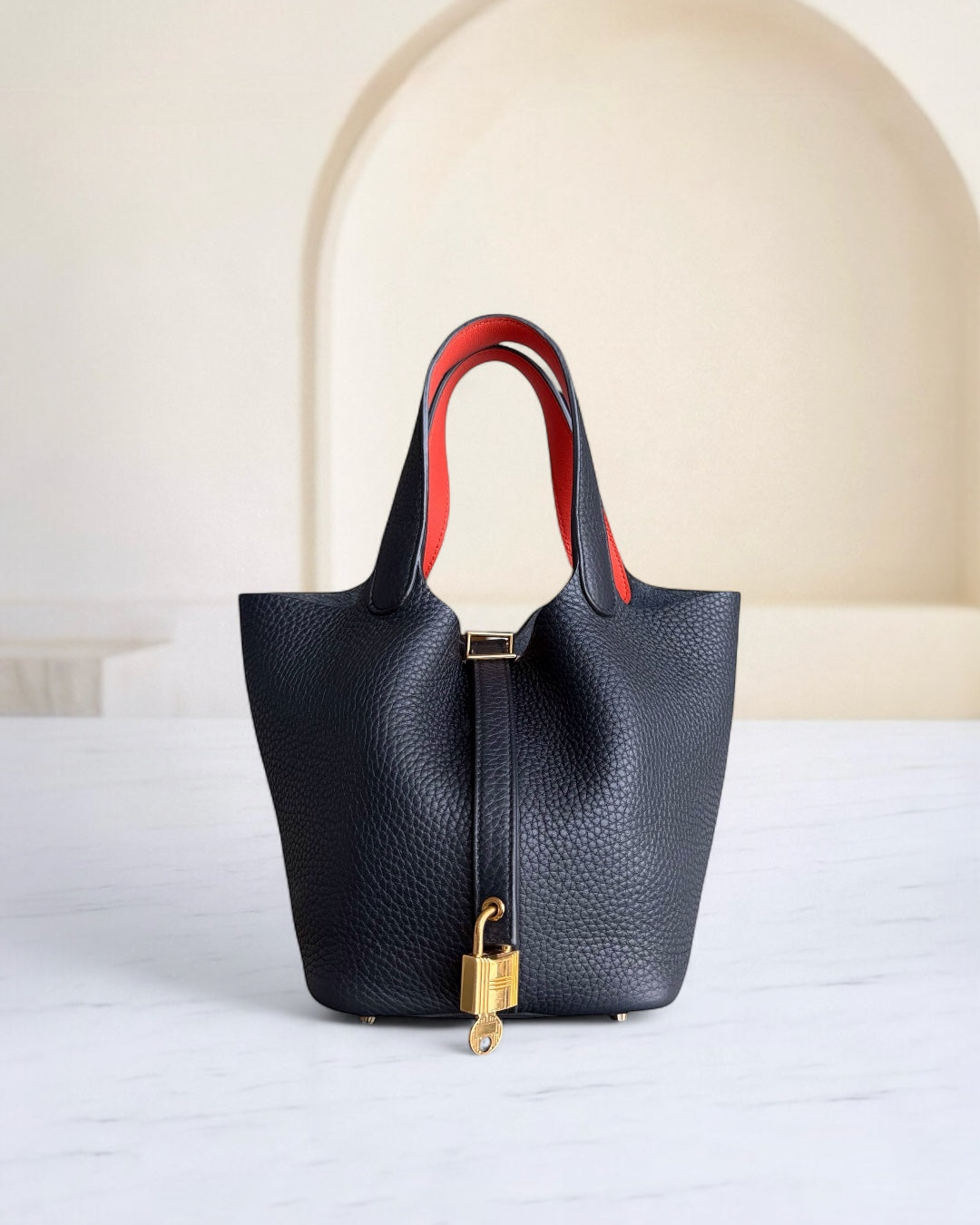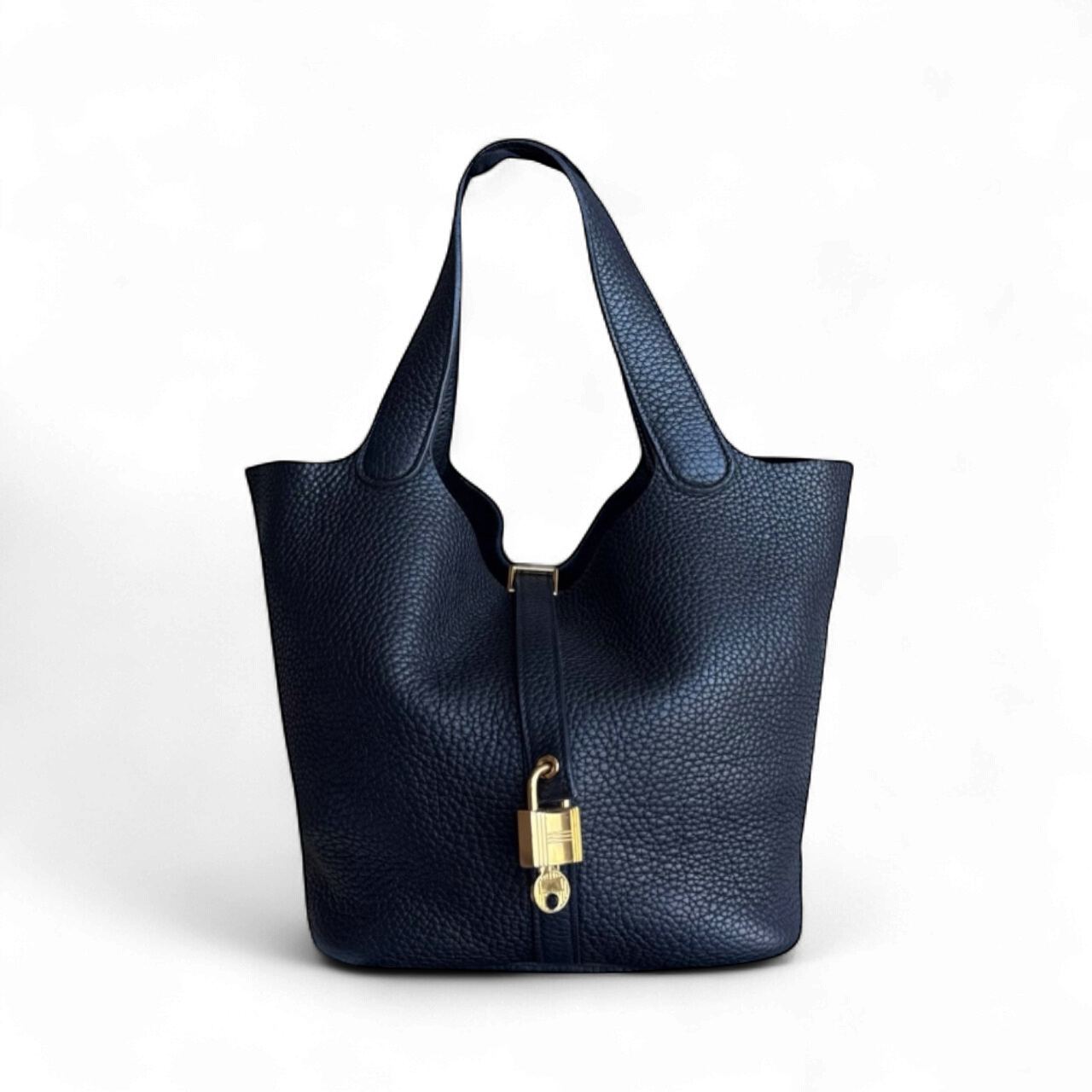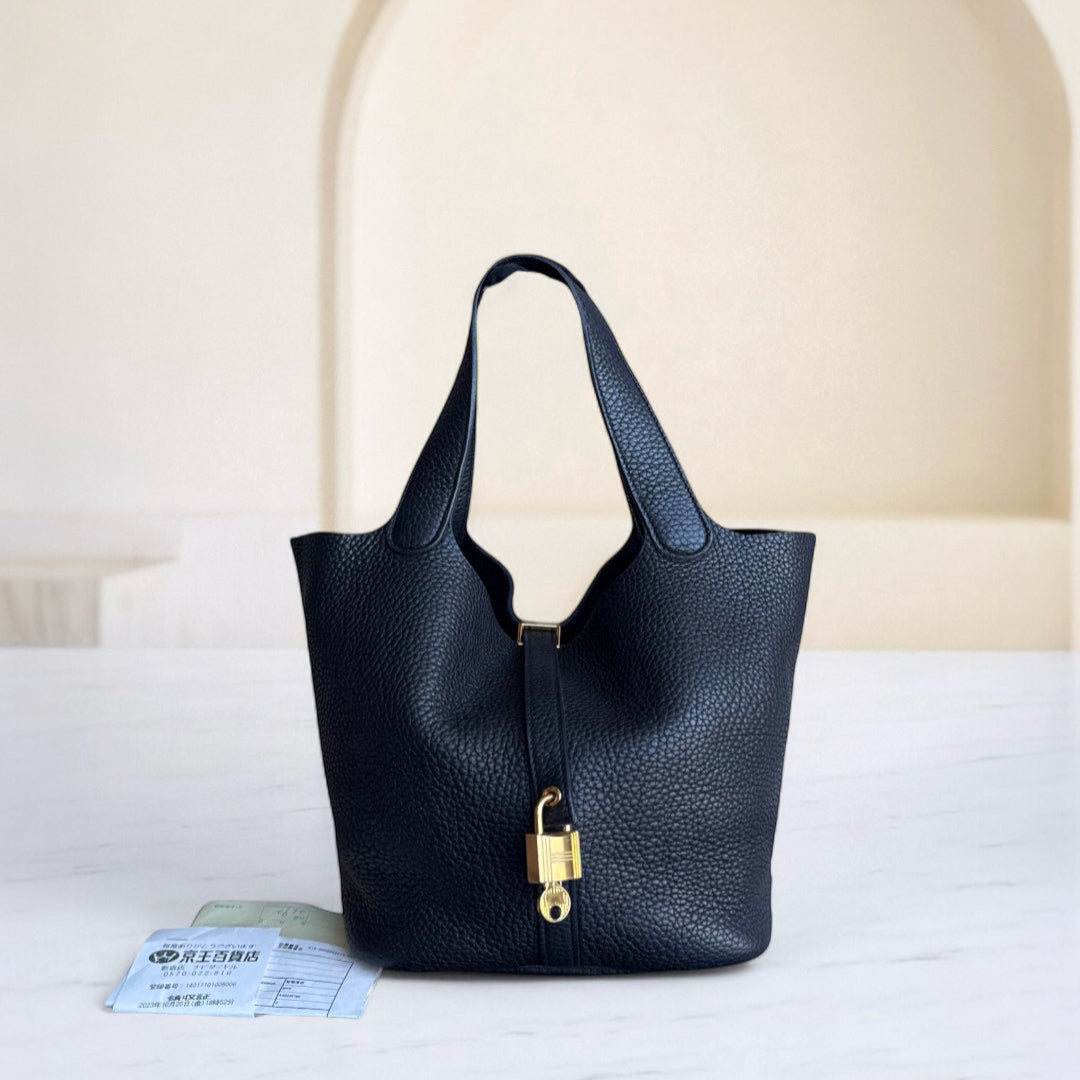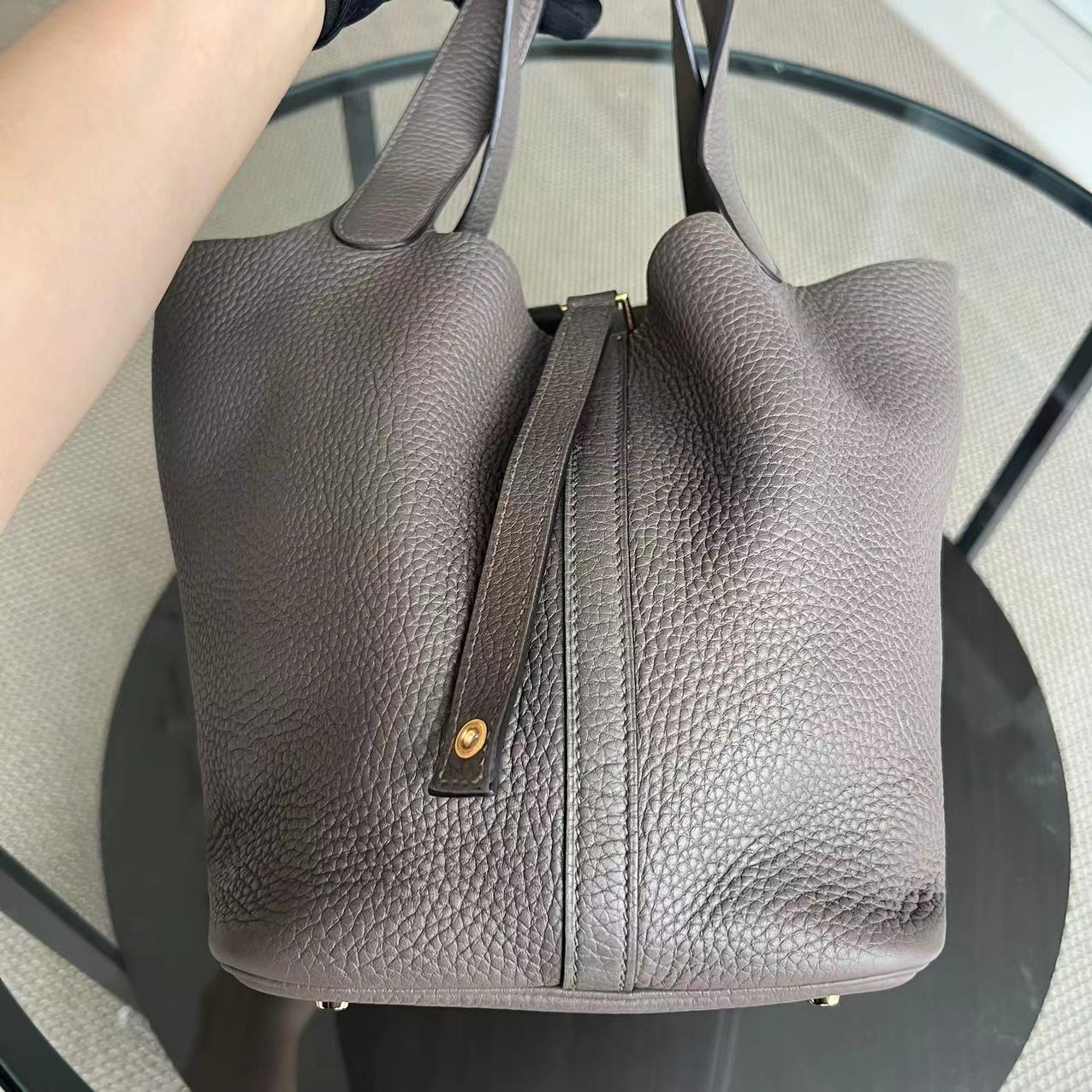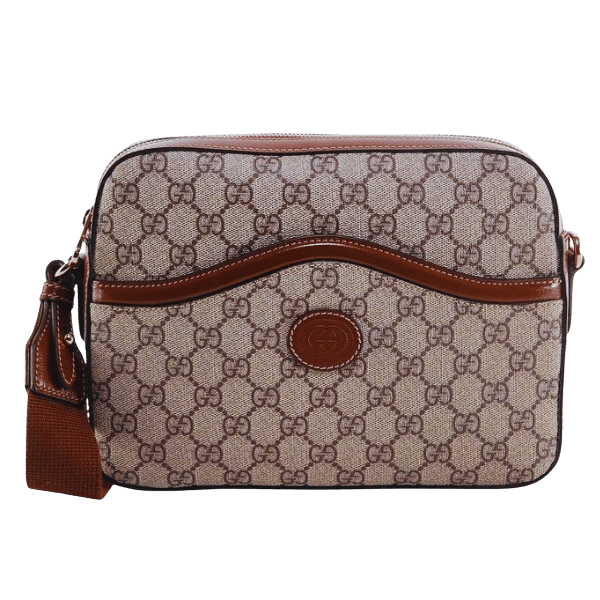The Most Expensive Diamond in the World: Top 10 Most Expensive Diamonds Ever Sold at Auction
For ages, diamonds have signified luxury, elegance, and rarity, astonishing admirers and designers with unparalleled glitz and beauty. While some of the most precious stones are diamonds, some are known to be legendary and are valued at exorbitant amounts. This write-up takes you through the astonishing life events of the ten most expensive diamonds sold at an auction. Their fine culture, history, and outrageous bids at auctions make them the real masterpieces, which sets them apart from the rest. Get ready to be shocked by the amount of money that these astonishing jewels have earned and the mindblowing features that accompany them.
What Is the Most Expensive Diamond in the World?

Ranked the most valuable with an astonishing price of $55 million, the Cullinan Dream remains the priciest diamond on record. However, it is often under criticism due to being outshone by the Polished Pink Star or the CTF Pink Star, which takes the title when discussing previously sold auction diamonds. This flawless wonder, weighing 59.60-carat and edged into an oval cut, is still the most expensive diamond ever sold at auction when it was bid for $71.2 million at Sotheby’s Hong Kong – auction house – in April 2017. Her vivid pink color is beautifully intertwined, making her a distinct jewel known for her gorgeous cast, Go Pink Star.
Originally mined by De Beers in 1999, the diamond weighs 132.5 carats round about, and its unmatched refinement set it apart from amethyst, especially when colorfully set radiating pink diamonds are around. The Pink Star remains unparalleled in vividness ensuring it captivates gem and enthusiasts.
How Is the Value of an Expensive Diamond Determined?
To determine the worth of a diamond, an appraiser will evaluate four key components or “Four Cs”: carat weight, cut, color, and clarity.
- Carat Weight: the mass of the diamond is measured in carats; more valuable diamonds have bigger sizes than their counterparts.
- Cut: the intricate details of a diamond's cut determines its ability to reflect light, and thus, its grade and beauty.
- Color: diamonds are evaluated using a scale which ranges from colorless to faint yellow, with colorless gems holding the highest value.
- Clarity: the fewer internal or external flaws (inclusions and blemishes) a diamond has, the higher its clarity and value.
The diamonds’ characteristics such as provenance, rarity, market demand, and supply can affect the diamond, especially if it is a vivid colored diamond, which are regarded as rare gemstones.
What Makes the Hope Diamond a Unique, Expensive Diamond?
What makes the Hope Diamond stand out from the other gemstones is its unique features and history. It weighs about 45.52 carats and is well known for its stunning deep blue color, which is caused by trace elements of boron in its crystal structure. This is one of the many reasons why the diamond is so rare, as blue diamonds are amongst the rarest colored diamonds. Not only that, but the diamond also possesses remarkable clarity, which increases its visual appeal and value.
One of the more effective distinguishing features of the Hope Diamond is its historical provenance. The diamond was first mined in India at the Kollur mine which is located in the Golconda region. It has been owned by several aristocrats and royalty over the years. Because of this association, the myths and legends surrounding the diamond, which include curses and bad fortune tend to create an interesting effect that enhance its allure culturally and economically.
Currently, the estimated value of the Hope Diamond ranges from $200-$350 million, though it is considered priceless because of its historical value. The diamond now resides in the Smithsonian institution, where it is estimated to continue attracting millions of tourists each year. The Hope Diamond embodies a legacy that combines natural wonders, human craftsmanship, and history.
Exploring the Legendary Cullinan Diamond's Worth
With an awe-inspiring weight of 3,106 carats, The Cullinan Diamond is the most massive rough diamond discovered today. This gem-grade rough diamond was mined in South Africa in 1905. The diamond Cullinan I, more popularly known as the Great Star of Africa, along with Cullinan II, both marvels of the British Crown Jewels, were brought into existence after the diamond was cut alongside many other significant diamonds. In the present day, no estimation can make the Cullinan diamonds valuable due to their possessing such grandeur and royal history; however, it is calculated that they would be worth more than $400 million dollars.
The Fascination with the Top 10 Most Expensive Diamonds

What Are the Most Expensive Diamonds Ever Sold?
For centuries, humanity has revered diamonds for their beauty and rarity, dazzling with their attributes and immense value. The list of the most expensive diamonds sold have several items which feature unmatched qualities, historical background and astounding provenance.
- The Pink Star—When it was sold at auction, it overtook the title of the most expensive diamond. It weighs 59.60 carats and is an internally flawless pink diamond. After it was auctioned at Sotheby’s in 2017, its price soared to 71.2 million dollars, setting the record for jewels and gemstones.
- The Oppenheimer Blue—This diamond fetched \$57.5 million at the Christie’s Geneva auction in 2016. Weighing 14.62 carats, this blue diamond has an icon status in the world of fine gems for its stunning color and jaw-dropping size for a fancied vivid blue diamond.
- The Pink Legacy—This masterpiece was sold at Christie’s for $50.4 million in 2018. Its mesmerizing color, along with clarity and a rectangular cut, makes an 18.96-carat fancy vivid pink diamond rare for its size.
- The Blue Moon of Josephine—Known for its perfect saturation and symmetry, this masterpiece was sold at Sotheby’s for $48.4 million in 2015. The stunning diamond's buyer renamed it to honor his daughter, making it an unforgettable gift.
- The Graff Pink—This pink diamond, classified as a Fancy Intense Pink with outstanding clarity, weighs 24.78 carats and has an unusual emerald cut. Laurence Graff acquired it in 2010 for 46 million dollars, which makes it one of the most notable pink diamonds in the world.
- The Princie Diamond—This diamond, which was sold at Christie’s in 2013 for a whopping 39.3 million dollars, weighed 34.65 carats and originated from the Golconda mines of India over 300 years ago, which adds to its historical value.
- The Winston Blue—This diamond is known for its significantly impressive vivid blue color. It was sold in 2014 at a record price of 23.8 million dollars. Weighing 13.22 carats, it now has the title of having the highest price per carat.
- The Orange Diamond—Selling at an even more expensive value of 35.5 million dollars at the Geneva Sale in 2013, this diamond managed to capture the attention of many with its astonishing vivid orange color. At 14.82 carats, it makes a statement as the largest known orange diamond.
These extravagant gemstones encapsulate luxury and magnificently demonstrate the geological processes that give rise to such rare treasures. The worth of their auction sales serves more than just monetary value but rather stands as proof of their desirability and allure in the world of gemstones.
The Story Behind the Graff Pink Diamond
Flaunted as one of the most exquisite gemstones in the world, the Graff Pink Diamond is a 24.78-carat Fancy Intense Pink diamond that is both intense and just one of a kind. Renowned jeweler Harry Winston was the diamond’s original owner, and he helped popularize the stone for its splendid clarity and remarkable color. It was set in a platinum ring with an emerald cut. The diamond set a world record when it was auctioned off for $46 million by Laurence Graff at Sotheby’s, which had the highest price at auction during that time. Light beautifully reflecting off the diamond made Graff polish it even further. His post-purchase alterations brought the diamond down to 23.88 carats, which made it slightly smaller but improved its overall quality. Now, the diamond is extremely rare and a sign of fine craftsmanship in the diamond industry.
A Quick Look at the Diamond Sold at Record Prices
The Gems presented in the auction have always confused the collector and investors, which results in them paying an astonishing sum of money. The most notable example is the Graff Pink, which weighed 24.78 carats and was an intense pink diamond. It was sold at Sotheby's in 2010 for a jaw-dropping 46 million dollars at that time, being the highest for any diamond at auction. The unique craftsmanship combined with colorful pink color and the rarity of the gem displays the beauty of pink diamonds in comparison to other high-value colored stones in the market.
Other diamonds that have also captured the attention of many investors include the 12.03-carat fancy vivid blue diamond, also referred to as the blue moon diamond. This was sold for 48.4 million in a 2015 auction, setting a new price per carat record at 4 million. Another gem that dazzled the market was the fancy vivid pink star diamond, which weighed 59.60 carats and was sold for an astonishing amount of 71.2 million in 2017, becoming the most expensive diamond sold in auctions till today.
These shift towards the selling of extreme value colored diamonds reveal the gap in the market which is increasing by the second available for diamonds with impeccable clarity and rare shades of pinks and blues. These milestones display the enhanced standards in certifying these exceptional gems, market structure, and their cut further exhibiting the bang these stones bring with them.
Understanding the Rarity of Blue, Pink, and Red Diamonds

Why Is the Blue Diamond So Valuable?
Blue diamonds are some of the most prized gemstones in the world due to the sheer strength of their global demand combined with their rarity. Diamonds are a rare find in nature, and blue diamonds are extremely scarce on record, making them exceptionally valuable. The appeal is further raised with the brilliant clarity these diamonds carry with them. These diamonds have only a few notable sources, like The Cullinan Mine in South Africa and the Great White Diamond Mine in Australia. The extreme demand, along with competition in the market, further increases the price of these gemstones. Depending on their quality, these blue diamonds can range from stunning to exceptional. The clarity and grades in which these diamonds can be found are higher than most, aiding the exceptional price. Furthermore, the distinctive blue color originates from the trace amounts of boron present in these diamond structures. These gems are, without a shred of doubt, the most expensive and valuable gemstones in the world.
The Mystique of the Pink Star Diamond
The Pink Star Diamond stands out as one of the world's most remarkable gemstones, owing to its unparalleled dimensions, striking pink color, and exquisite craftsmanship. The diamond’s weight is a staggering 59.60 carats and is categorized as a Fancy Vivid Pink, the maximum designation given by the Gemological Institute of America (GIA) for fancy-colored diamonds. Its extraordinary size is accompanied by rarity due to the evenly placed color saturation, which is a highly uncommon trait among pink diamonds of significant size.
Initially a rough 132.5-carat diamond discovered in Africa and owned by De Beers, The Pink Star went through two years of careful cutting and polishing to transform into an oval mixed-cut gemstone. The diamond’s brilliance, clarity, and color are undeniably guaranteed to be at their peaks due to the exquisite skillful artistry incorporated in the gemstone.
When The Pink Star was sold at Sotheby's in 2017 for a jaw-dropping $71.2 million, it attained the status of an iconic gem and the record for the auction price paid for a single diamond or gemstone. The Pink Star stands out as the most expensive diamond or gemstone ever auctioned due to its striking culture-dominated beauty. This further marks the diamond’s status as one of a kind luxury and unrivaled gemstone in the world.
The Allure of the Rare Red Diamond
Among the least common gems in the world, red diamonds are unparalleled, with only a few located and cataloged across the globe. The deeply red color these diamonds possess is due to highly special structural distortions caused in the diamond’s lattice during its creation. Such distortions result in light bending in a particular manner that produces a vibrant red color. Most red diamonds, like the renowned Moussaieff Red, tend to be white than a carat in size. Although small in size, their rarity, combined with their color, makes them exceptionally valuable. Such exclusivity ensures their flabbergasting value and support as a peak of interest in the gem market.
The Significance of Historic Diamonds: Cullinan, Hope, and Centenary

The Legacy of the Cullinan Diamond
The Cullinan Diamond is described as the largest gem-quality rough diamond ever found, weighing an astonishing 3,106 carats (or approximately 1.37 pounds). Discovered in 1905 at the Premier Mine in South Africa, it was named after the mine’s owner, Sir Thomas Cullinan. The diamond’s immensity and its astonishing clarity made it unparalleled in the history of gemstones and, to this day, it remains unmatched.
After its discovery, the Cullinan Diamond was given to King Edward VII of UK in 1907 as a goodwill gesture from the government of Transvaal. In order to maximize its potential, the diamond was diligently cut into nine major stones and approximately 96 minor stones of amazing quality by Asscher Brothers of Amsterdam. The two larges stones, indubitably known as the Cullinan I and II, which are set in the British Crown Jewels.
Weighing an extraordinary 530.2 carats, Cullinan I, referred to as the “Great Star of Africa,” is a breathtaking pear-shaped diamond that is set on the Sovereign’s Scepter with Cross. Furthermore, Cullinan II, or “Second Star of Africa,” is also a diamond of remarkable size as it weighs 317.4 carats and is mounted in the Imperial State Crown. Both diamonds are remarkable, not only due to their size but also their stunning cuts and unrivaled optical properties.
The remaining seven major stones from the original diamond were acquired by private members of the British royal family or gifted to several distinguished persons. The Cullinan legacy is a mark of human achievement in its artistry and the case of diamonds' everlasting appeal. These gems remain to enthrall experts and enthusiasts across the globe, which cements the place of the Cullinan diamond as a historical and cultural treasure.
Why Is the Hope Diamond Enshrined in Legend?
Of all the gemstones around the globe, the most prominent are the hope diamonds, which range from deep blue to grayish blue and extend 45.52 carats. It is known that the diamond was mined in India and became of great significance to France in the seventeenth century when Jean-Baptiste purchased it from India and gifted it to King Louis XIV. Boron ions complemented with this diamond give it exquisite colors that make it appear both cursed and beautiful.
There are countless stories suggesting a tragic omen and a curse linked to this diamond, which serves as a rough outline for this gemstones outstanding prominence. Over time, this diamond has changed hands a multitude of times which served to intensify its mystery by propagating a thrust of misfortune to its owners. These stories are perhaps more fiction than fact; however, the truth behind these claims are scientifically unproven.
Categorized as one of the most visited attractions, the Hope Diamond is housed in the Smithsonian Institution National Museum of Natural History. The historical significance, rarity, and aesthetic features of the diamond contribute to its valuation, which typically approximates hundreds of millions of dollars. Research has revealed that the diamond has phosphorescence in red color when radiated with ultraviolet light, which adds to its already captivating magnificence. The secretive past combined with the stunning features of the diamond makes it stand as a monument of geology and history, capturing millions over the years.
Exploring the De Beers Centenary Diamond
Considered one of the largest diamond pieces globally, the De Beers Centenary Diamond was discovered in the Premier Mine located in South Africa in 1986. Initially, the diamond had 599 carats of weight, which was later cut and polished into a refractive, colorless stone with stunning clarity. The clarity further improved after classification into GIA system as D grade. Unlike other well-known diamonds, De Beers is faceted with 247 sides, which were carved to capture the light beautifully while enhancing its refraction. Each side contains a unique feature to capture the beauty of the diamond. After extensive polishing and cutting, the diamond was reduced to a whopping 273.85 carats. This fine piece of jewelry was introduced to the public in the year of 1991. Following the unveiling, the diamond has been an object symbolizing unrivaled rarity and beauty.
What Makes a Diamond in the World the Most Expensive Ever Found?

Factors That Contribute to a Diamond's Cost
A diamond's worth is ascertained by a set of interrelated elements that dictate its scarcity, quality, and attractiveness. Key variables include:
Weight In Carats
- This is given in carats where one carat is equal to 200 milligrams. The larger the diamond, the more expensive it is due to significant rarity. The cost per carat goes in exponentially as the diamond increases in size. For instance, a single carat diamond can cost $5,000 and a 2 carat diamond with the same quality can cost upwards of $20,000.
Color Grade
- Colorless diamonds are the most sought after due to their color grade which is in range with D to F. Colorless diamonds, with D-E gradings, are the least common and are most brilliant in characteristics. For instance, gemstones without color can have their costs set at 20%-30% more than those with near colorless diamonds with matching features.
Clarity Grade
- Clarity is how distinguishing a diamond is based on the absence of inclusions and blemishes. An FL or IF diamond is classified as flawless, which is very rare. The price gap between an FL diamond and one that is Slightly Included (SI) can be 25%-50% when compared to other elements.
Quality of the Cut
- The brilliance, fire, and scintillation of the diamond are determined by the cut. Diamonds which are graded as Excellent or Ideal cuts are more expensive than the rest because of their light performance. Dull diamonds which are poorly cut lose a significant amount of value because even after receiving high grade in every other aspect, they still appear dull.
Rarity of Shape
- While round brilliant cut diamonds are the most common, heart, Asscher, or marquise cuts have more appeal toward niche markets. Depending on demand and supply, those rare shapes can and often do carry a premium.
Origin and Provenance
- These days it is difficult to find ethical sources for diamonds and those with a verifiable origin like conflict free ones always cost more. Provenance plays a role too, historical diamonds like the one which used to belong to royal or celebrity figure often have price far exceeding their intrinsic value.
Market Demand and Trends
- Always a topic of discussion, diamond prices are significantly impacted by global demand dynamics, fashion trends, and economic conditions. For instance, lab grown diamonds are becoming more favorable these days as opposed to natural causing certain shapes or colors of diamonds to increase in desirability due to celebrity endorsements.
Certification and Grading Reports
- Diamonds with certificates from gemological labs, such as the Gemological Institute of America (GIA) or the American Gem Society (AGS), are sold at higher prices. The certifications allow for the quality and authenticity of the diamond to be verified.
Fluorescence
- Fluorescence describes the response of a diamond to ultraviolet (UV) rays. While slight fluorescence can, at times, improve the appearance of a diamond, strong fluorescence can be detrimental to value perception of lower color grades diamonds.
There is a certain degree of complexity and sophistication involved in the assessment and valuation of diamonds because each one of these factors influences the others. Buyers will have to set their priorities because one factor might be more important than the others depending on certain preferences and requirements.
The Role of Rarity and Size in a Diamond's Value
Two principal aspects that have a profound effect on the market value of a diamond involve its rarity and size. Not only are larger diamonds exceedingly rare, but also require a high degree of effort and resources to extract, making them scale in value. For example, while there are many one-carat diamonds, those above three or four carats are much rarer, thereby making their price much higher. An analysis of recent market trends shows that diamonds weighing five carats or more can fetch prices ten times higher than smaller stones of the same quality and grade.
Rarity is further affected by certain singular features, such as trace elements or distinct color grading. A case in point, faint pink or blue vividly fancy colored diamonds are thousands of times rarer than near-colorless ones. In industry news, the Cullinan Dream diamond, fancy intense blue color diamond sold recently at auction for over 25 million dollars which goes to show us the strong connection of rarity to prices.
Additionally, the difference in size and rarity is not linear, as prices increase in an exponential function relative to their scarcity, which increases with carat weight. This is a result of larger gemstones being more difficult to find and preserve while mining and cutting, thus increasing their prices. For prospective buyers, the consideration of carat weight, scarcity, and price is complex and intertwined with quality factors like cut, clarity, and budget limitations.
How Color Diamonds Influence Pricing
Color has a significant impact on the pricing of diamonds, with more vibrant and rare colors attracting higher premiums. Fancy diamonds, particularly pink, blue, and green, are extremely rare and valuable, often selling at exorbitant prices even when compared to their colorless counterparts. The saturation and consistency of the diamond's color also matter, with vivid and intense tones being the most desirable. Prices are greatly driven up by market demand, which stems from widespread interest in certain colors, such as those tied to certain cultures or unique origin stories, especially from collectors and investors. So fundamentally, the price of colored diamonds is driven by their rarity, intensity, and demand.
Frequently Asked Questions (FAQs)
Q: What is the most expensive diamond ever sold at auction?
A: The most expensive diamond ever sold at auction is the Pink Star, a 59.60-carat pink diamond. In April 2017, it was sold at Sotheby’s Hong Kong for $71.2 million, the highest amount for an internally flawless diamond at the time.
Q: How can I sell my diamond, and what factors affect its value?
A: For selling a diamond, reputable jewelers, auction houses, and online platforms are good options. Many different aspects can determine the price of a diamond, like the 4Cs, rarity, and market demand. Exceptional diamonds, like colored ones or those with other impressive features, usually go for much higher prices.
Q: What makes green diamonds so valuable in diamond jewelry?
A: Green diamonds are highly valued in diamond jewelry because they are very rare. Their greenness comes from radiation exposure while being formed, which rarely happens. This explains why the overt green diamond, 5.03 carats, was sold for 16.8 million dollars in 2016.
Q: What diamond ring was sold at the auction for the highest price in history?
A: The Pink Star diamond ring was sold at an auction for an astounding $71.2 million, making it the highest diamond ring ever sold and the most expensive jewel ever sold at auction. The eye-popping 59.60-carat diamond ring makes it a Pink Star diamond.
Q: Which diamond is claimed to be the largest ever found, and how does it compare to the most expensive auction diamonds?
A: The largest diamond discovered to date is the Cullinan Diamond, which weighs 3,106.75 carats. However, it was never sold during the auction, so it doesn’t rank as the most expensive diamond sold. Some of the world’s most expensive diamonds are sold at auction because they are smaller yet ultra-rare.
Q: Do white diamonds make it into the top most expensive diamonds?
A: White diamonds are among the most expensive. For instance, the Winston Legacy, a D-color, flawless diamond weighing 101.73 carats, was bought for 26.7 million dollars in 2013. That said, colored diamonds like pink, blue, and green often take up higher positions because they are scarce.
Q: Why are emerald-cut diamonds popular among the most expensive diamonds sold at auctions?
A: Emerald-cut diamonds are popular among the most expensive diamonds sold at auctions due to their sophisticated look and ability to display the diamond’s clarity. This was exemplified by the sale in 2016 of the Oppenheimer blue diamond, an emerald-cut 14.62-carat vivid blue diamond that sold for 57.5 million dollars. This showcases the value placed on this cut of diamonds while being daringly exquisite and remarkably rare.
Q: How does the value of engagement rings with rare diamonds compare with those of loose diamonds offered at an auction?
A: While the value of an engagement ring with a rare diamond is impressive, it generally does not reach the astonishing amounts of top loose diamonds sold at auction. Most expensive engagement rings usually combine set construction with a diamond’s value. Yet, the most lavish diamonds are often sold while still loose so there is more liberty for how they will be utilized later, either in adornment or as valuables.
Reference Sources
Contact Luxury Evermore should you need help with acquiring or building up your collection. There is a variety of brands with different styles, as well as sizes, and colors, for example, Hermes, Chanel, lv and Dior. If you are not lucky enough to find the bag you are looking for on our website then our concierge team will probably be able to order it for you. We provide 100% authenticity guarantee for all our bags, and any item sold on this site will be dispatched to you within one to two business days upon receipt of the payment.
